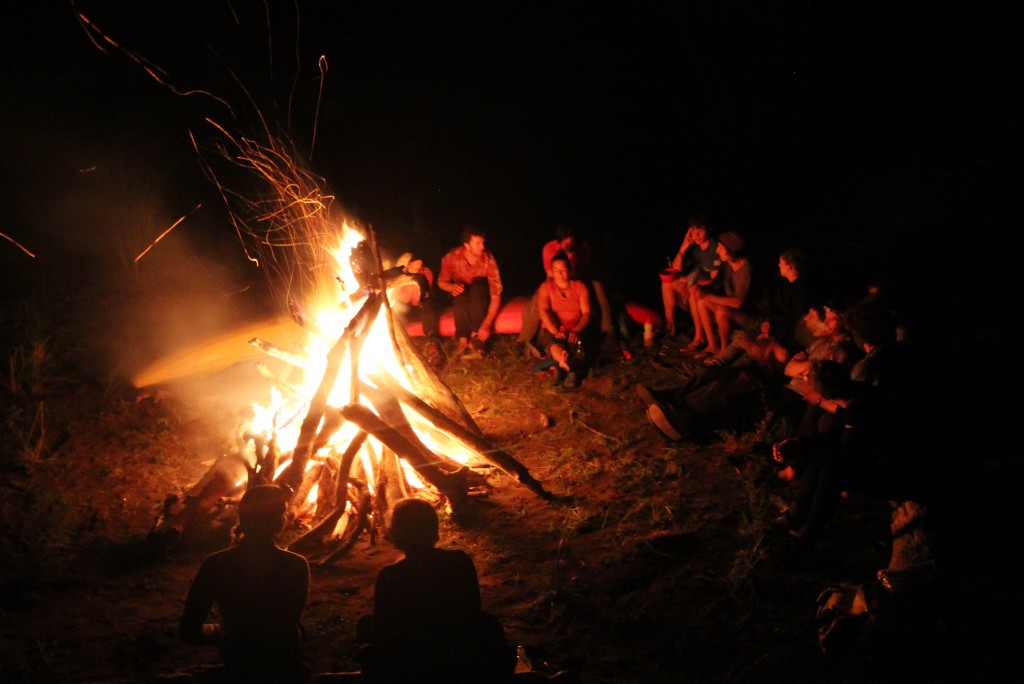On Christmas day I flew to Ecuador to spend 3 weeks doing what I love most; white water kayaking! Fall had been incredibly busy, and I wasn’t sure I would be able to make a paddling trip happen this winter. Last year, I had my first international kayaking experience in Ecuador and it changed my life, I was eager to go back!
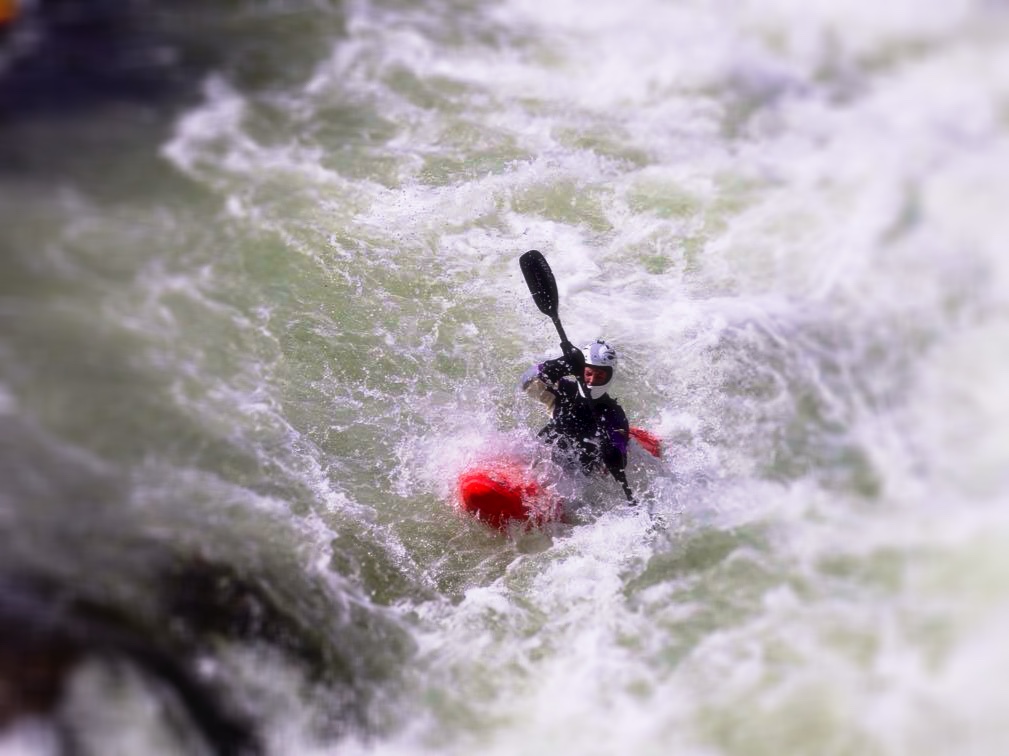
I was thankful to make it home to spend Christmas Eve with my family, the next day I was off to SeaTac airport with ziploc baggies of turkey and cranberry sauce from my Mom which I thoroughly enjoyed while I eagerly waited to board my flight.
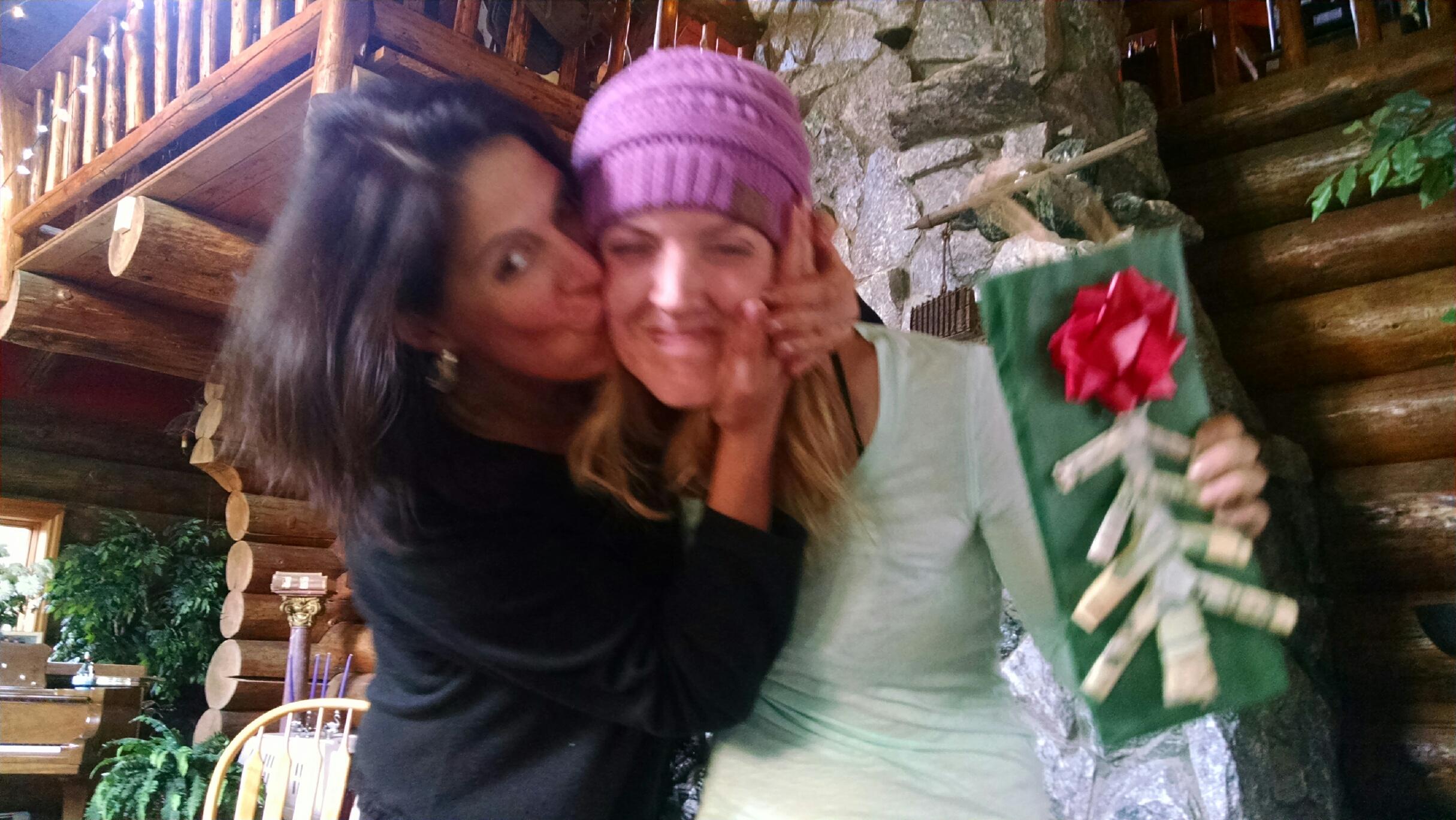
As I sat there reality began to set in, I was exploding with excitement to return to Ecuador!! My friends dropped me off at the airport and my mind started to wander. I had flashbacks of being in a foreign country, paddling everyday, exploring new runs, and warm water!
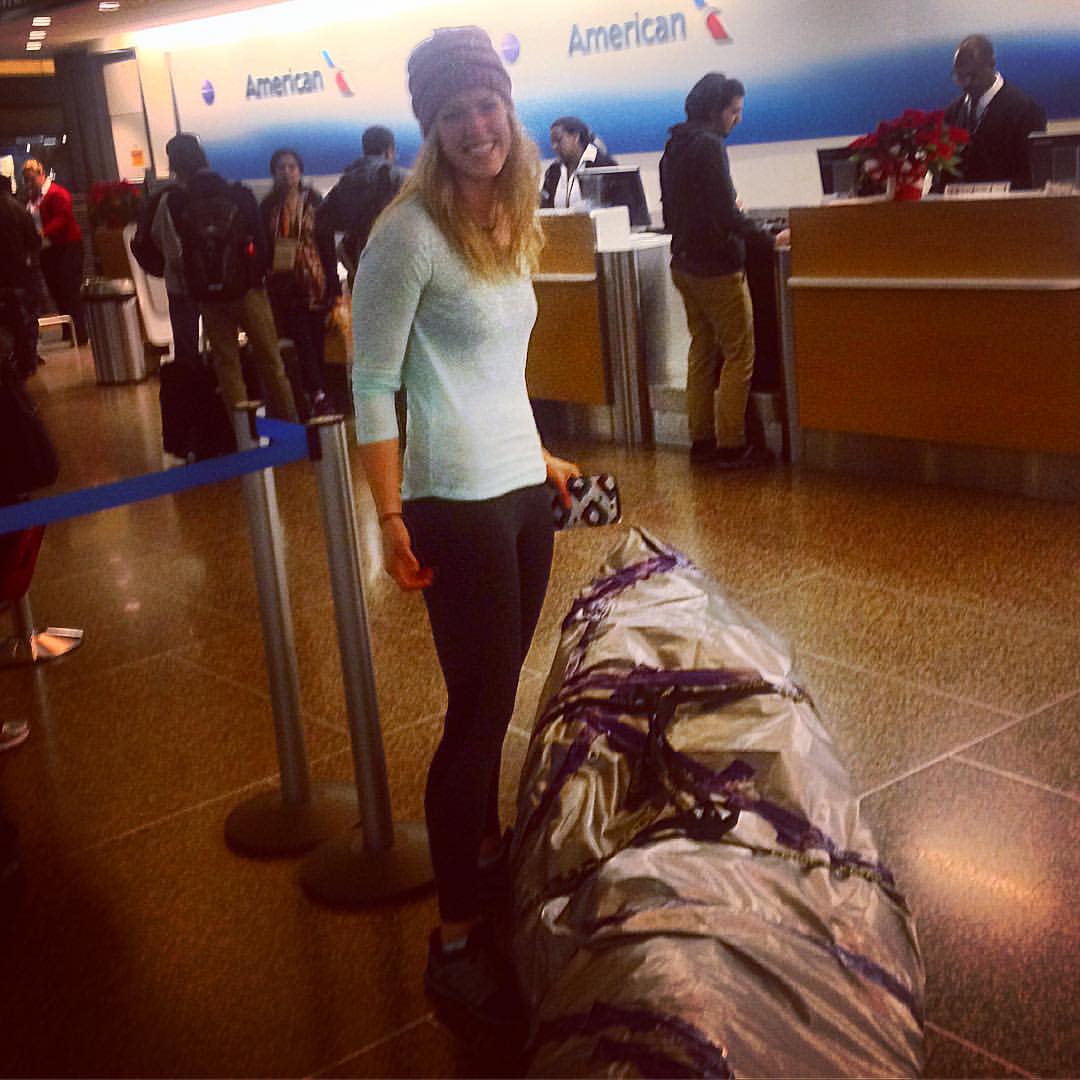 When I arrived in Quito, I found my way to Baeza where I met my friend Marco Collela. I don’t know if I would have been there had he not encouraged me in the first place, so glad he did! I came without much of a plan and I honestly didn’t know what to expect this time. Having no set expectations allowed me to challenge myself freely and really enjoy every moment not wanting to take anything for granted!
When I arrived in Quito, I found my way to Baeza where I met my friend Marco Collela. I don’t know if I would have been there had he not encouraged me in the first place, so glad he did! I came without much of a plan and I honestly didn’t know what to expect this time. Having no set expectations allowed me to challenge myself freely and really enjoy every moment not wanting to take anything for granted!
The next day we hit the water!!! We paddled the Cosanga and Bridge to Bridge section of the Quijos. The high water almost got the best of my overtired and jet lagged body as I surfed several holes!
Ecuador is a truly remarkable place. Last year, I learned to boof and really hone in my class 4 skills here. This year, I focused on paddling technical and challenging runs while building on those foundational skills necessary to paddle them well! Ecuador has everything one could possibly desire, from world class steep creeks to big water rivers to easy logistics, it is inexpensive, and attracts some of the most inspiring individuals you will meet. For 2 weeks I paddled everyday with great flows progressively stepping up my comfort levels and challenging my skills on a variety of creeks and rivers. From the Oyacachi, Quijos, Piatua, Papallacta, and Jondachi there was never a dull moment.
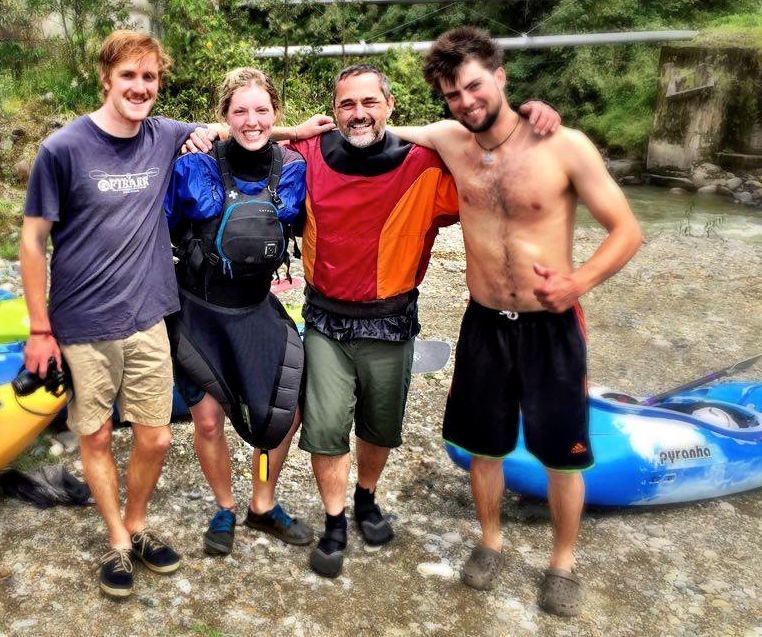
My favorite run? That’s a tough one as they are all so different and special. Probably, the Cheesehouse section of the Quijos river. Not only because it is a continuous big water Class V run full of big holes, moves, and boofs, but I overcame a lot in there. As we drove to the put-in I could see the water was a dirty brown color. I knew it was on the high side, but I didn’t say anything as I knew I could do this and I really wanted it. I took a deep breath when we put on and as Marco led me into the first Class 5 rapid ‘Made in Ecuador’ I dug real deep; I was nervous. I made it to the eddy I needed to be in and from there we broke down each rapid; I began to calm down.
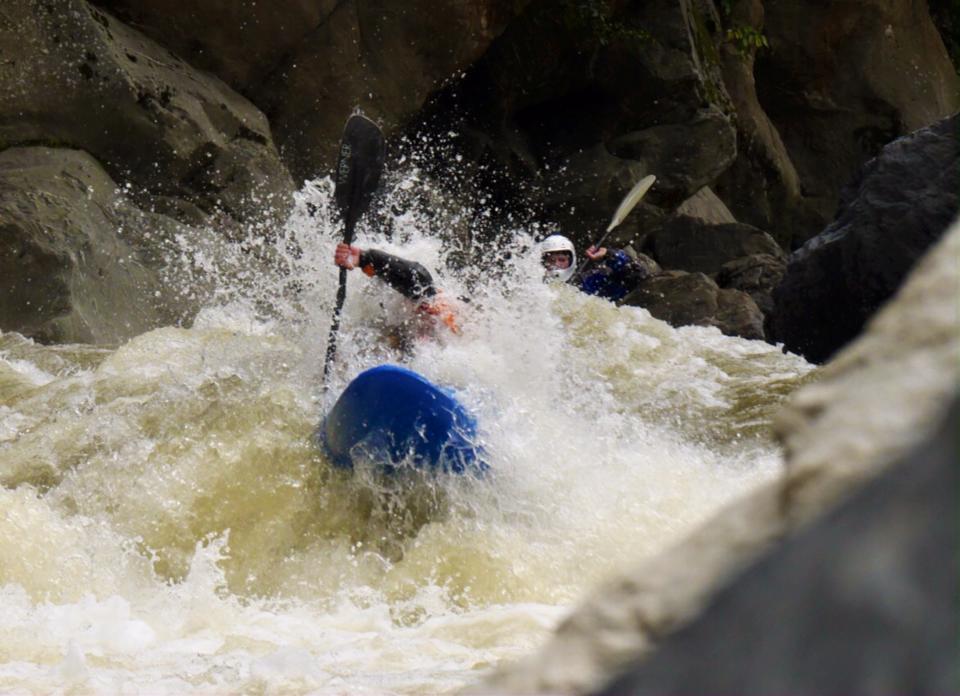
Photo by: Niko Peha
The rapid I was most nervous about was ‘Das Boof.’ I had been having trouble staying forward and I knew if I leaned back or didn’t boof the wave in the right spot, I was going to get beat down. But where was this fear coming from? That is a great question. Turns out it had nothing to do with my ability to kayak. Sure I didn’t want to swim, but more than anything it was a mental game for me that day. As I entered my final year of University this past fall, I found myself a bit anxious and unsure about what the future held for me. Sure, I’m looking forward to graduating and as an eager soon-to-be college grad isn’t the world supposed to be limitless? I want to travel the world and have a successful career on my terms. So what does any of this have to do with my mental state in the middle of a class 5 rapid? Well, when these thoughts are flying through your head you begin to doubt yourself and your abilities. You wonder if what you are doing is going to provide you with what you truly need. I know in whatever I do in my life it needs to be meaningful, honest, and spark genuine passion for me to find value and be willing to commit 100%. Through my travels I have begun to realize rather than trying to figure forever out, why not live with a curiosity for it all? I don’t have to know where I will be a year or even a few weeks from now. After all it is the uncertainty and unpredictability which attracted me to white water in the first place. Having curiosity reminds me to live in the moment, because that’s the space in which the very best things in life happen.

Photo by: Niko Peha
The innate beauty of the Andes mountains, very active volcanoes, wild jungle noises, sudden rainstorms, kamikaze taxi drivers, and the many beautifully butchered Spanish conversations I had; I loved it all!
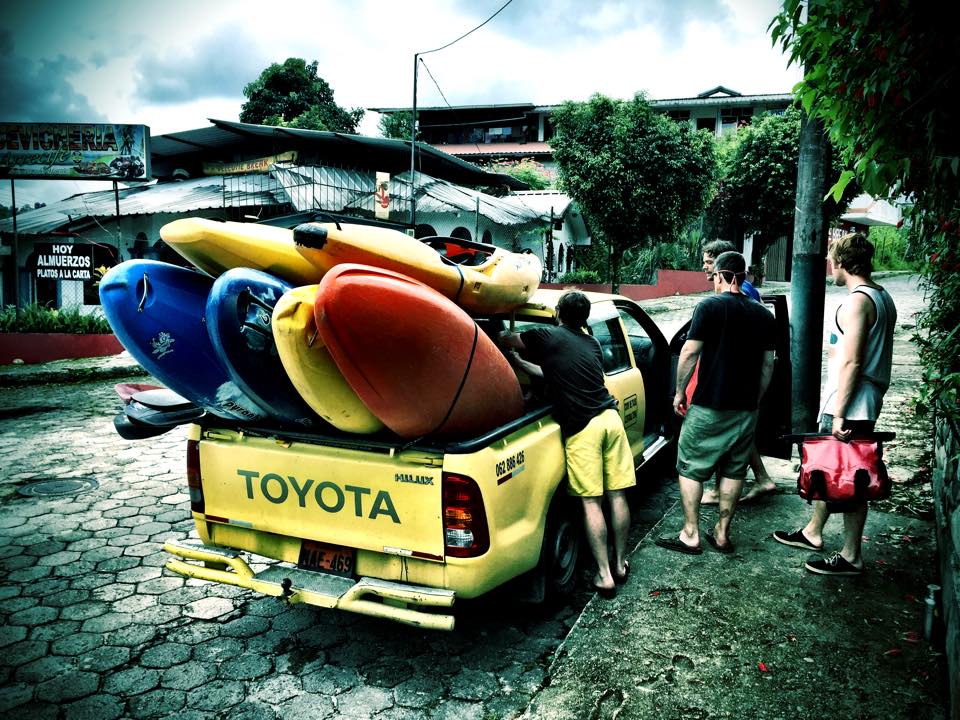
Photo by: Graham Lavery
I took a short break from paddling to spend some time at Canoa beach where I learned to surf! While I spent the majority of my time getting swirled and diving head first into the waves, I kept at it and eventually caught a few amazing surfs making the struggle well worth it!
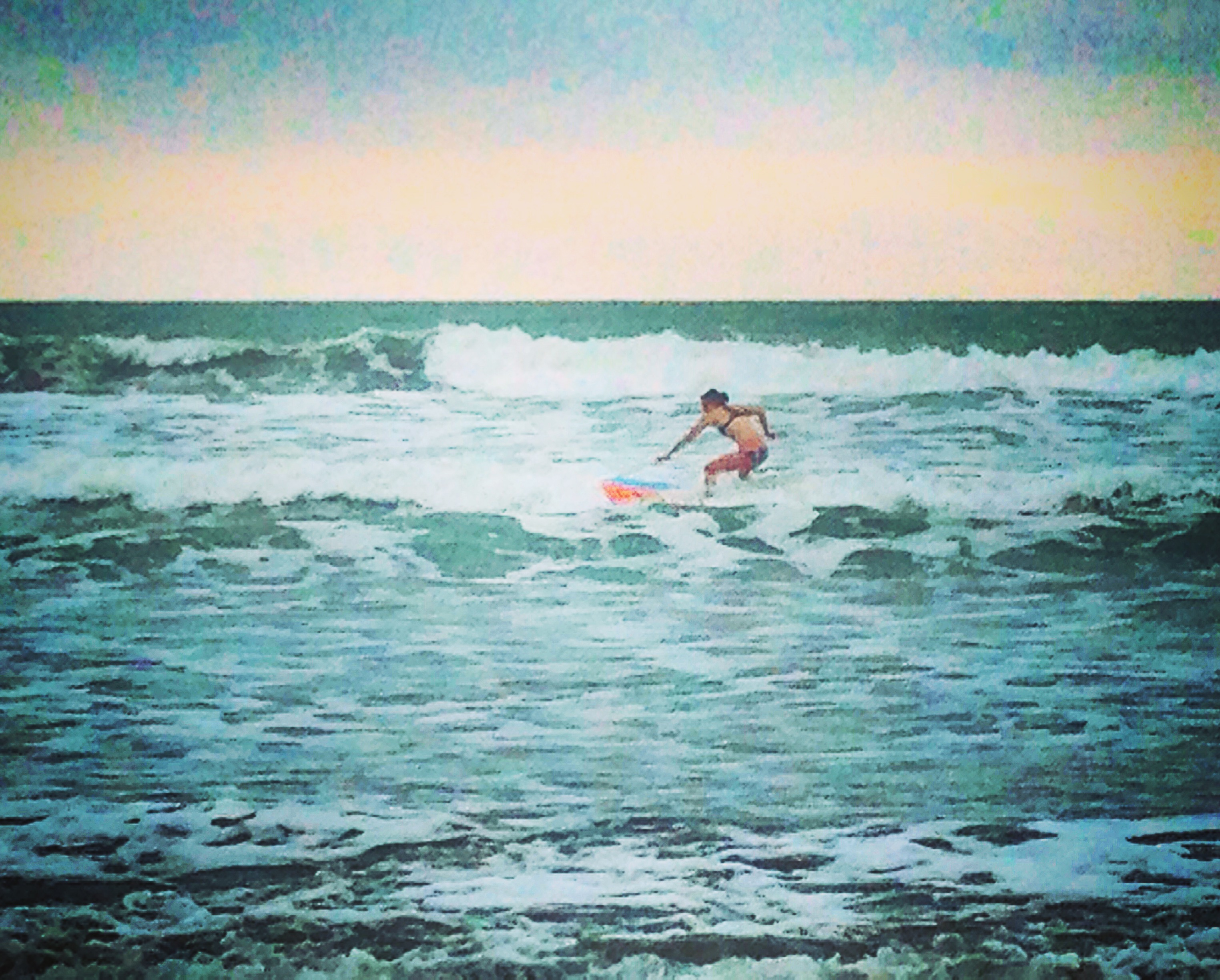
I spent my last week in Ecuador on the Jondachi river in Tena where I learned how to paddle my first low volume steep creek. The put-in tributary for the Upper Jondachi, Urusiqui creek, was particularly memorable as it had more rocks and sieves than water. I certainly feel the most comfortable in big water so this was a new challenge. I learned to use the rocks to somewhat gracefully manoeuvre through the rapids without getting stuck or pinned too much. One day we spent 7 hours completing a full descent of all three sections of the Jondachi into the Hollin river. Wow! I find it hard to believe there are 3 projected dams in the approval process to be constructed on this river. After spending a great deal of time here, I cannot imagine this beautiful sacred place and ecosystem being harmed by man and machine.
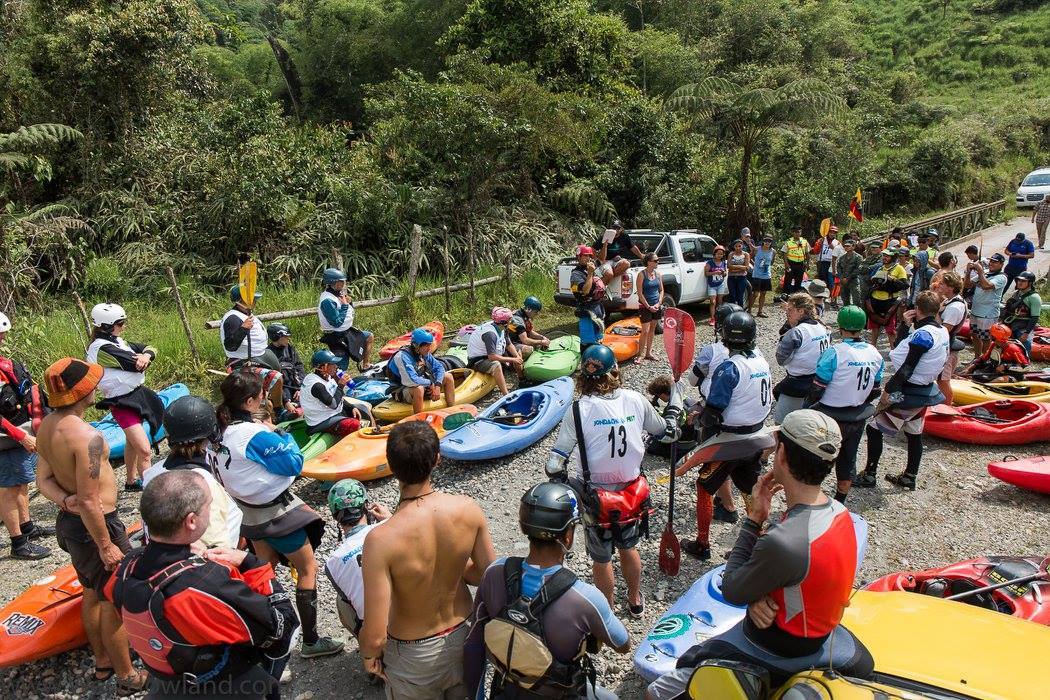
I also had an incredible opportunity to compete in Jondachi Fest with 30 other paddlers from all over the world in an effort to raise awareness of the projected dam to dewater this magical place. With miles of free flowing whitewater through a breathtaking jungle, the Jondachi is one of the most beautiful rivers I have ever paddled. Losing this river would be tragic for Ecuador should the hydroelectricity development move forward, show your support for Ecuadorian Rivers Institute and help protect this river.
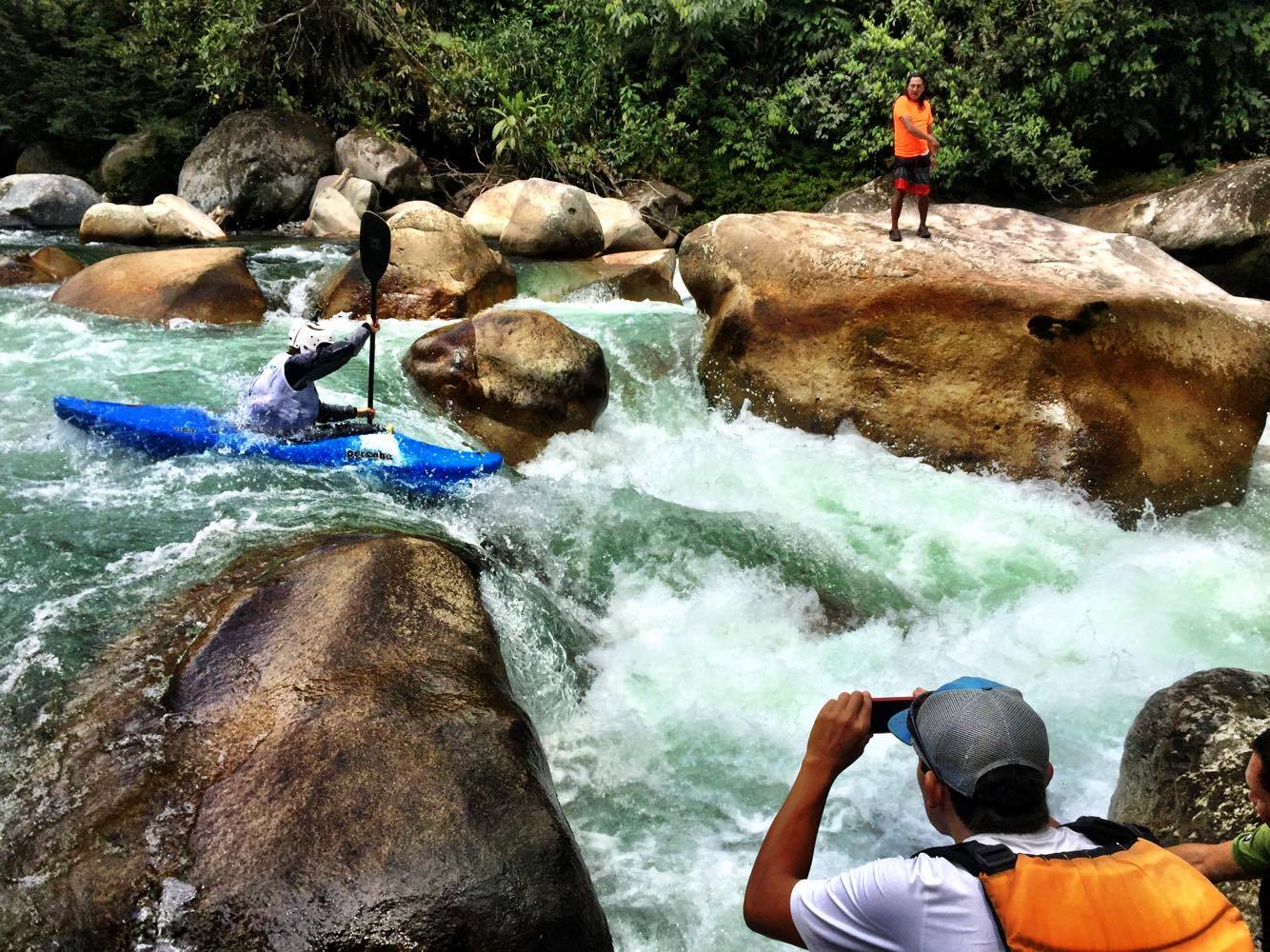
Photo by: Graham Lavery
In life as on the river, I love being challenged and pushing my limits. Why? Because it scares me and evokes a fierce determination that I have only ever felt while I am paddling. Because it’s fun and just thinking about it makes me smile!
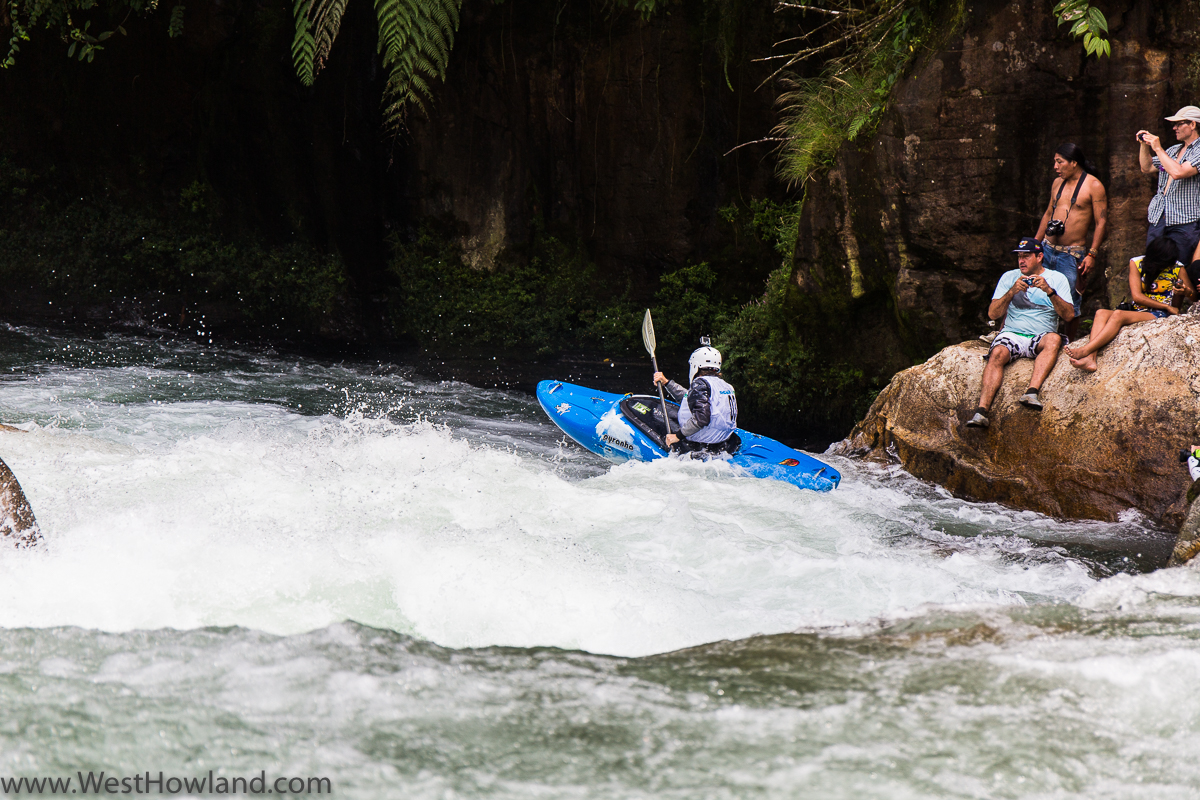
Photo by: Wes Howland
Because it’s beautiful to be strong and skilled at something I really love even though it tests me at times.
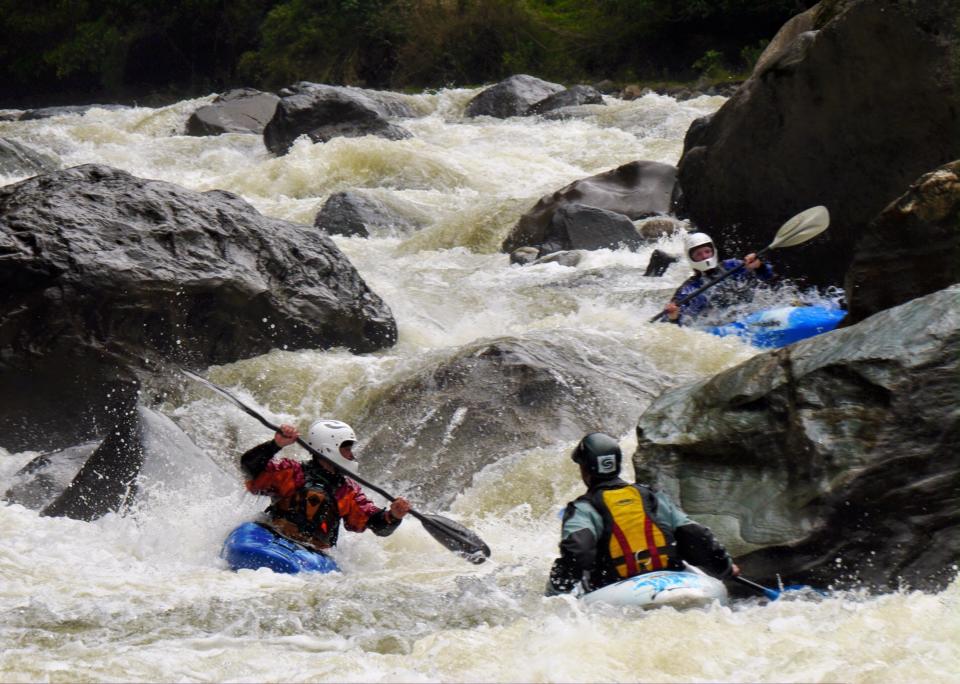
Photo by: Niko Peha
Because it’s not going to be easy and I love a challenge. Because I can and I am able. I live for those moments in which I must give my very best and I am mercifully humbled. Because I want to be inspired and inspire others.
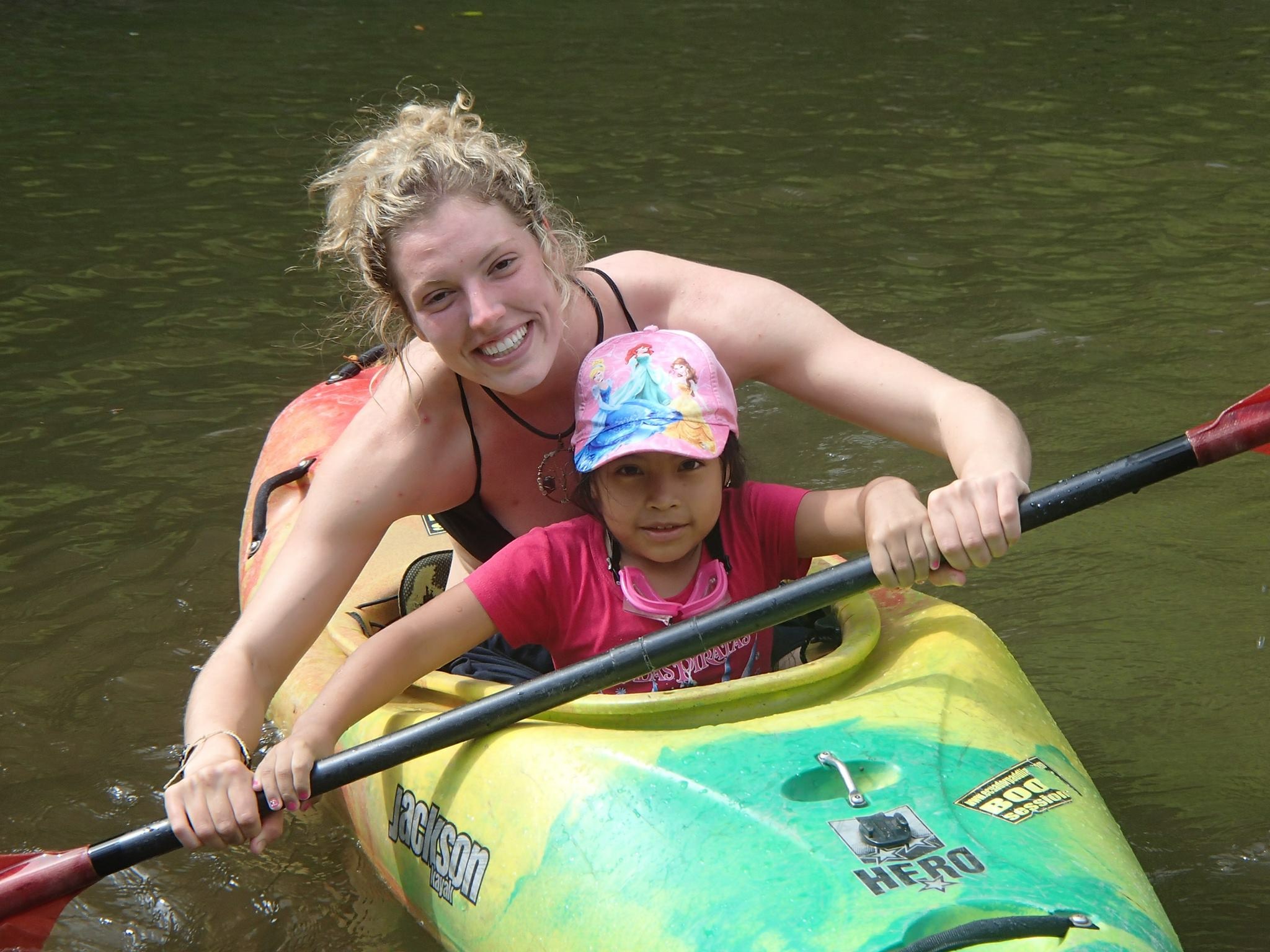
Because this is where the best friendships are forged. Because even though the struggle is endured independently, it is a battle fought side by side with friends who are overcoming their fears and doubts too. Because we want to witness each others achievements and celebrate each others successes as if they were our own.
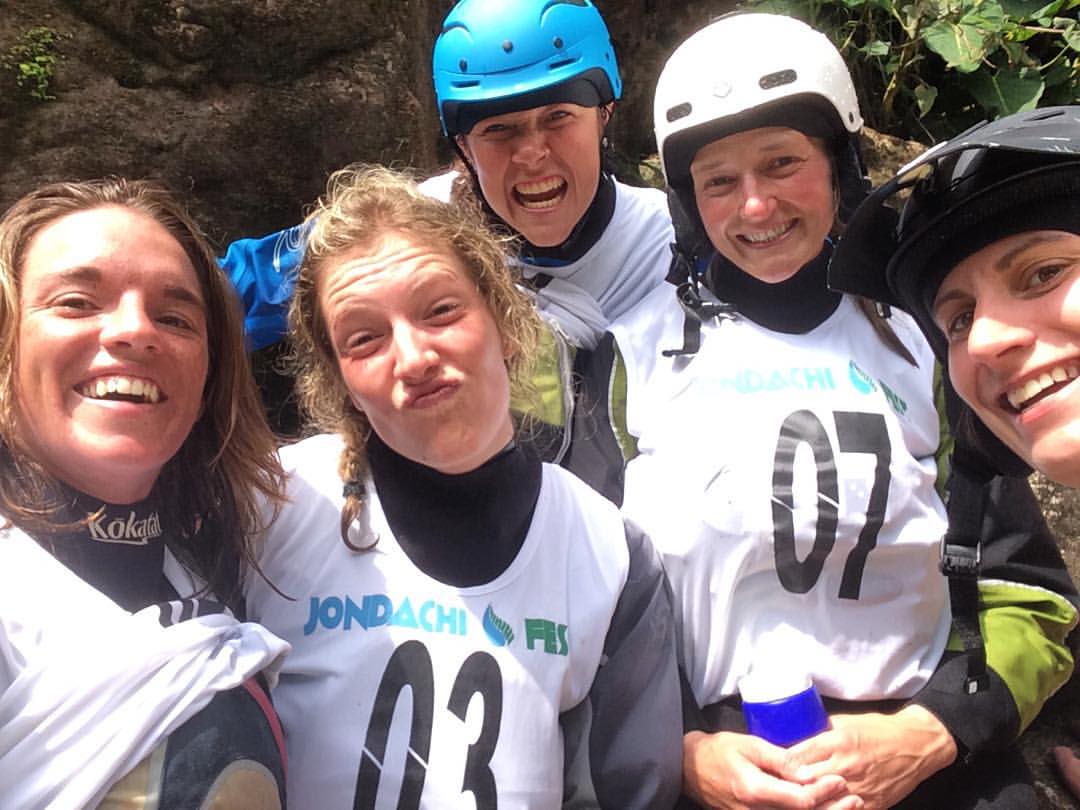
Because not too long ago I was overwhelmed by all of the things I thought I was not and all the things I thought I had to be. Because taking things too seriously and being too hard on myself can cause me to lose focus on the things I know I am. I set goals for myself to focus my energy. For the things I will learn about myself and what I will learn in the space outside of my comfort zone. Because it just keeps getting better and better!

Because from my experience life is far too short to do anything you are not passionate about. When it comes to my heart pounding through my chest, the courage to have a wild and adventurous spirit, the unpredictability of the future, and being the very best me I can be, a little is not enough.
You may be able to see the river on a map, but there is no guide to the experience. That experience is everything! It will shift your perspective, break you open, uplift and expand you, and make your heart beat fast! Challenge yourself sure, but focus on having fun! If you are having fun you will feel a contagious energy reverberate through every part of you reminding you that you are limitless!
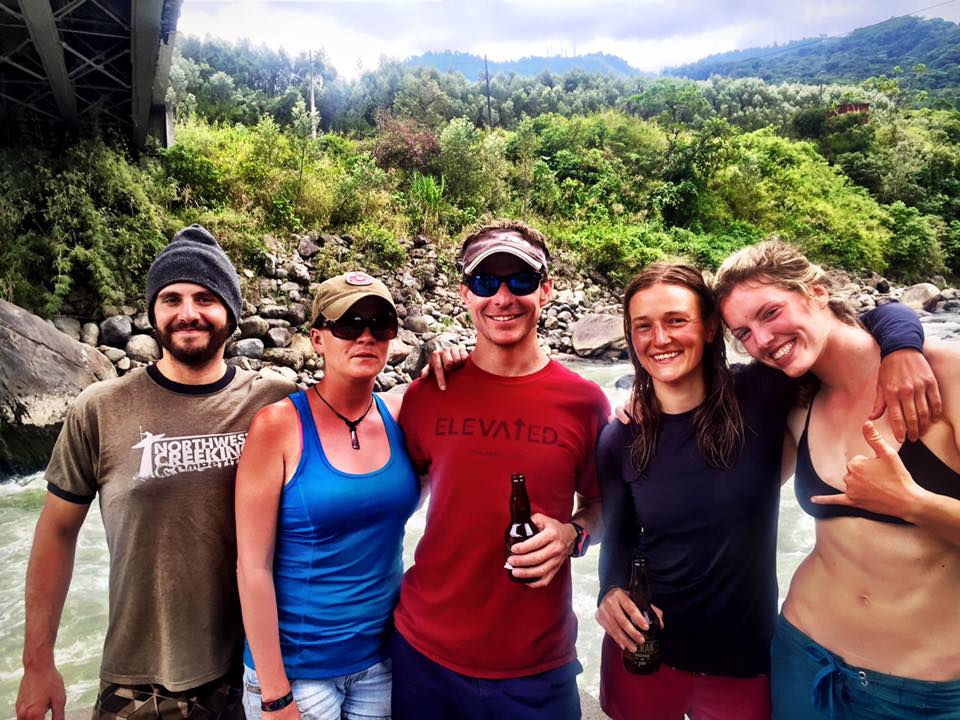
Everyone defines success differently. I see success not as an individual accomplishment, but as a process taking constant work- an attitude, a lifestyle, and talent itself. I do my best to think, act, work, and live in a way that will help me achieve my goals. 10 years from now I want to be able to say I chose my life, I never want to wonder what if? When it comes to success, in my experience the challenge is almost always worth it. I never want to let the fear of not succeeding stop me from growing, evolving, and progressing in life or my sport.
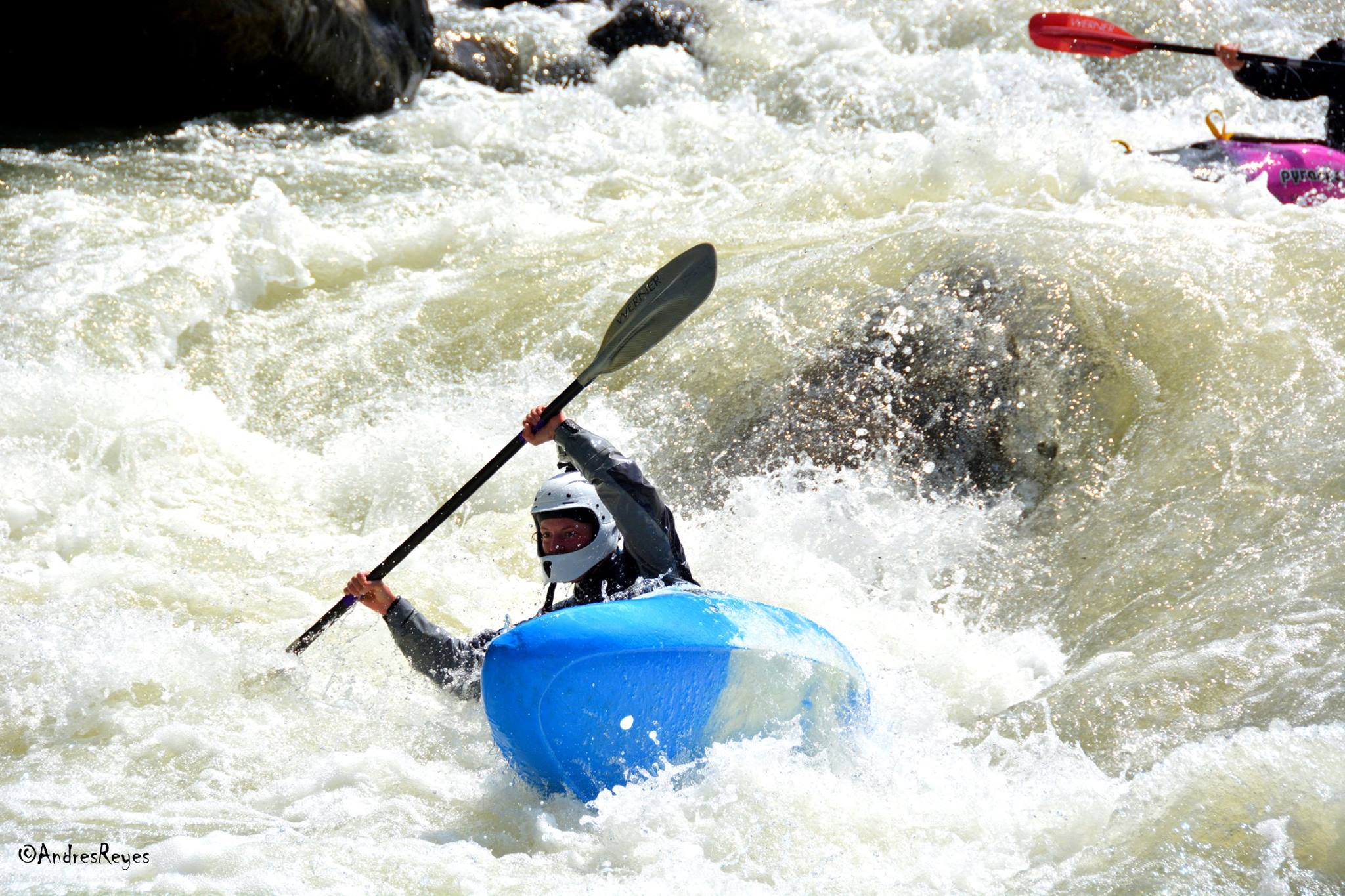
Photo by: Andres Reyes
How will you define your success? #shegoes
–AL


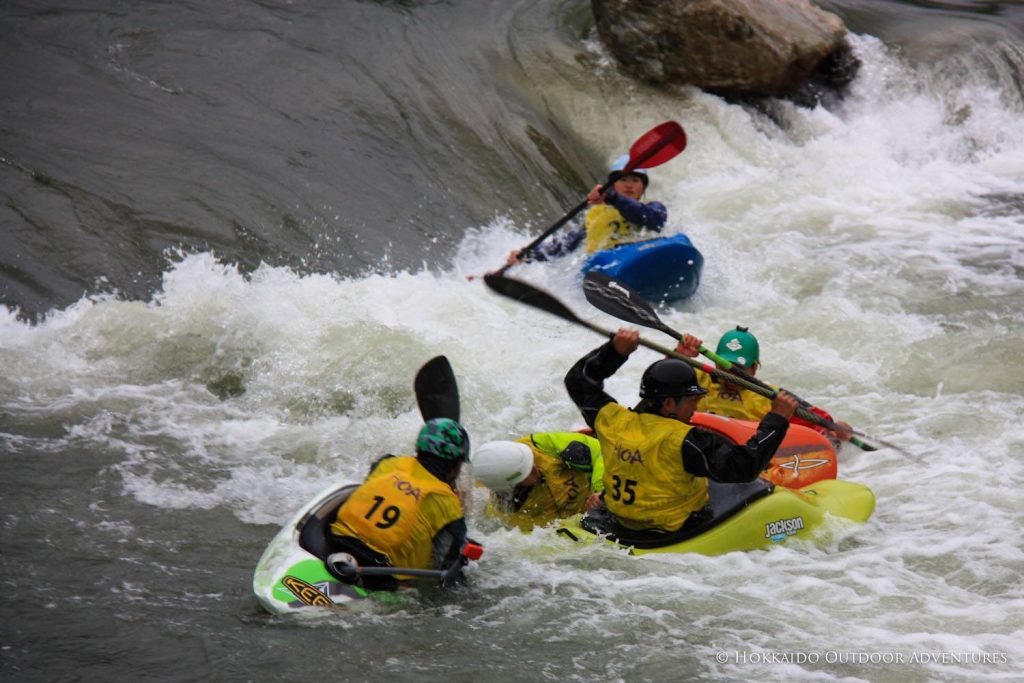
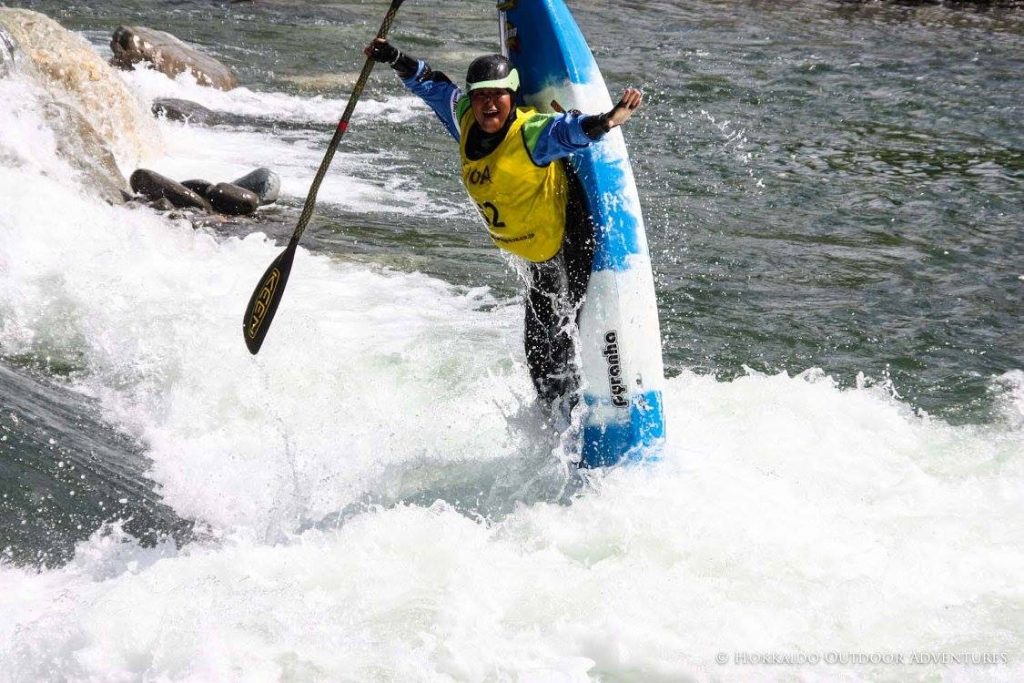
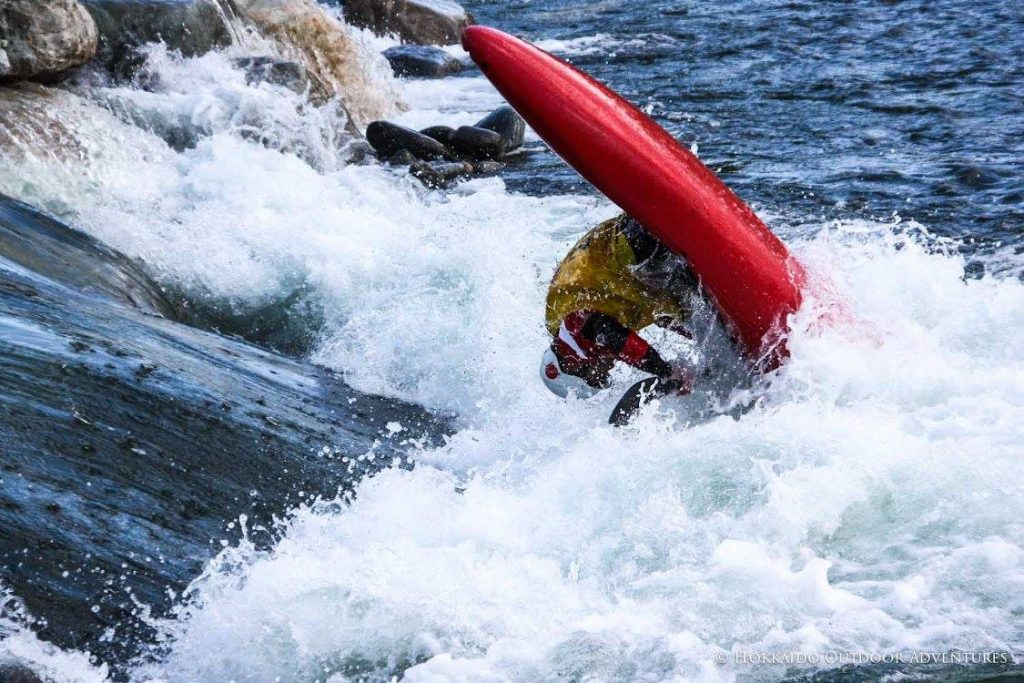
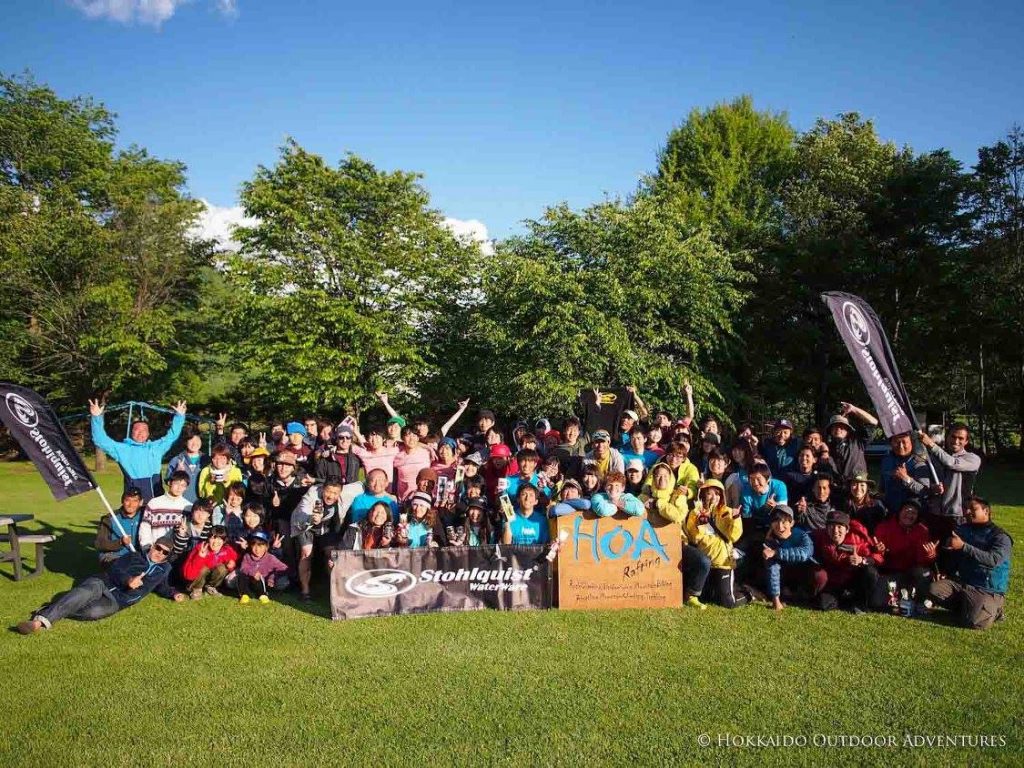




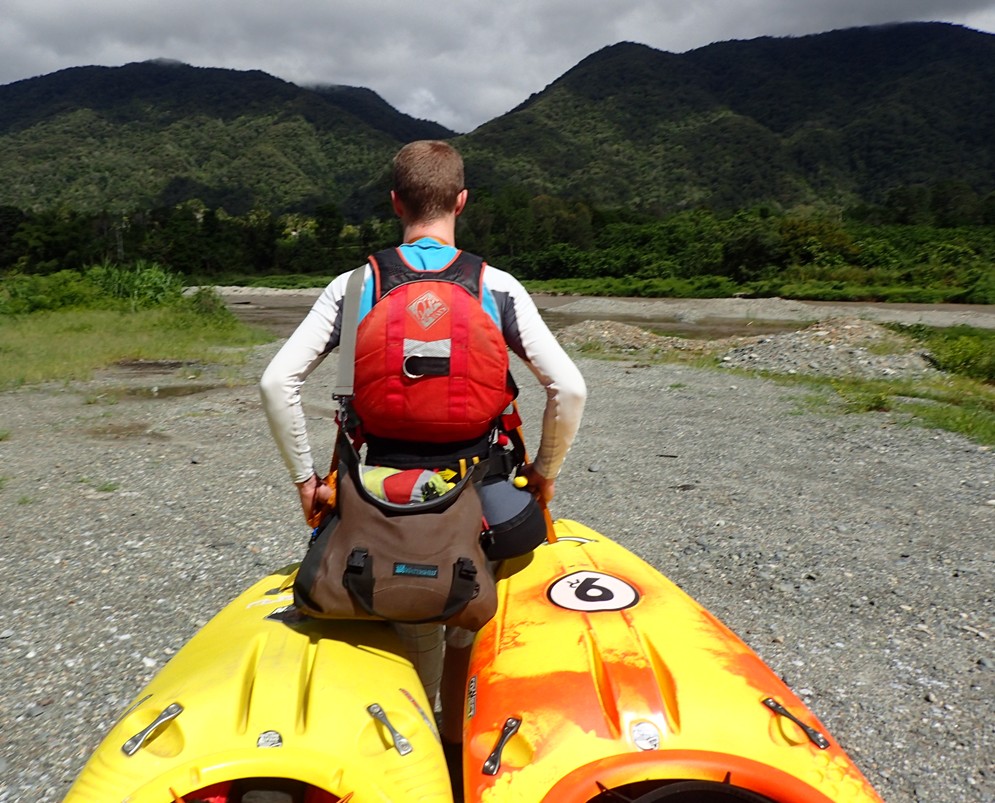
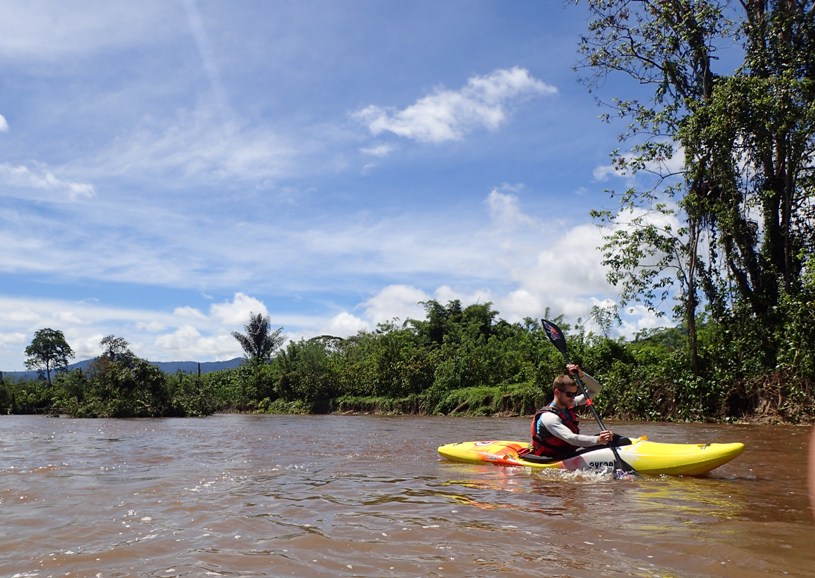
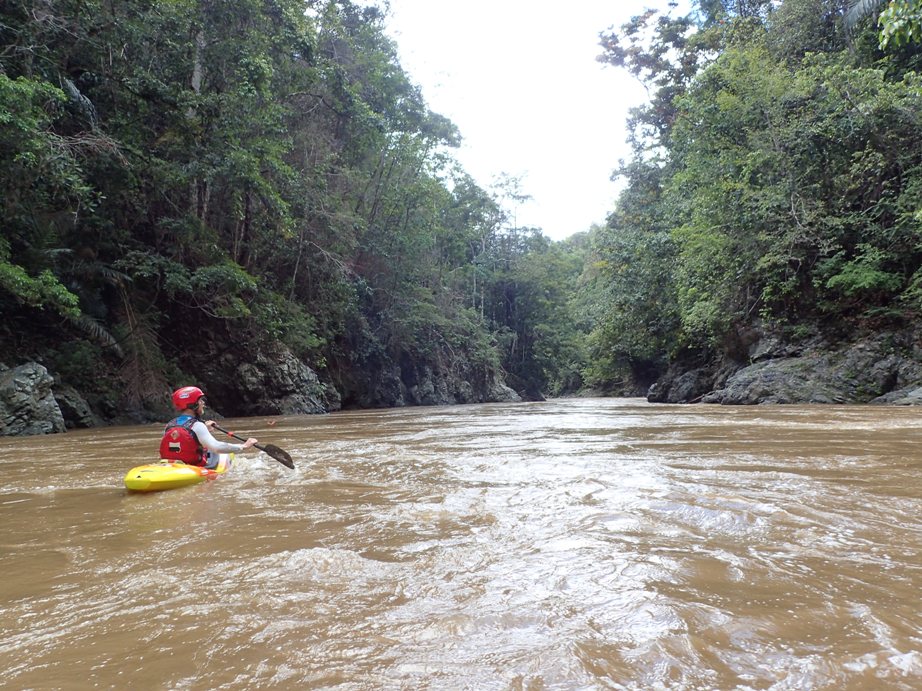
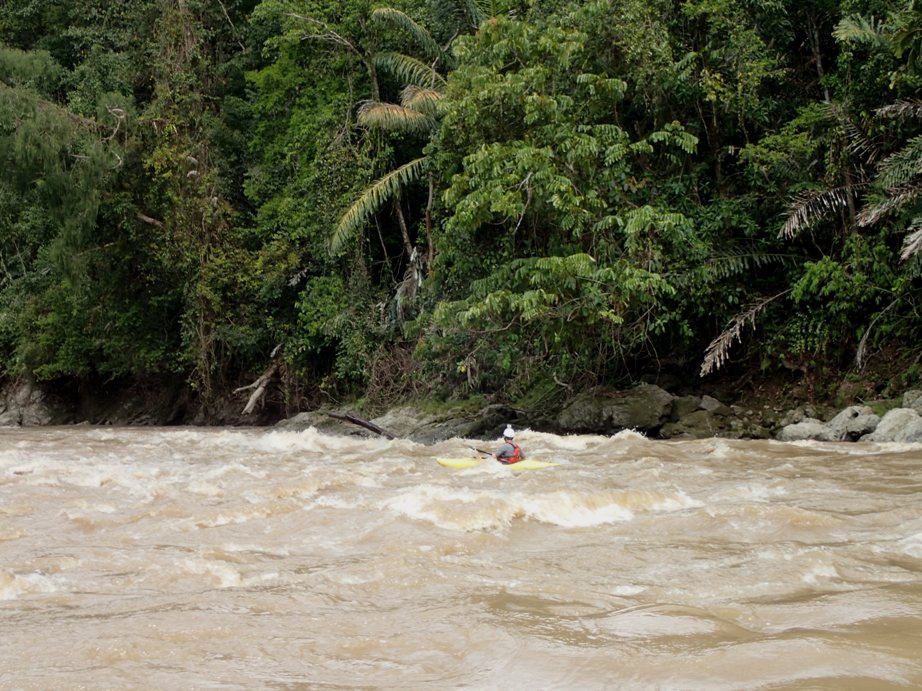
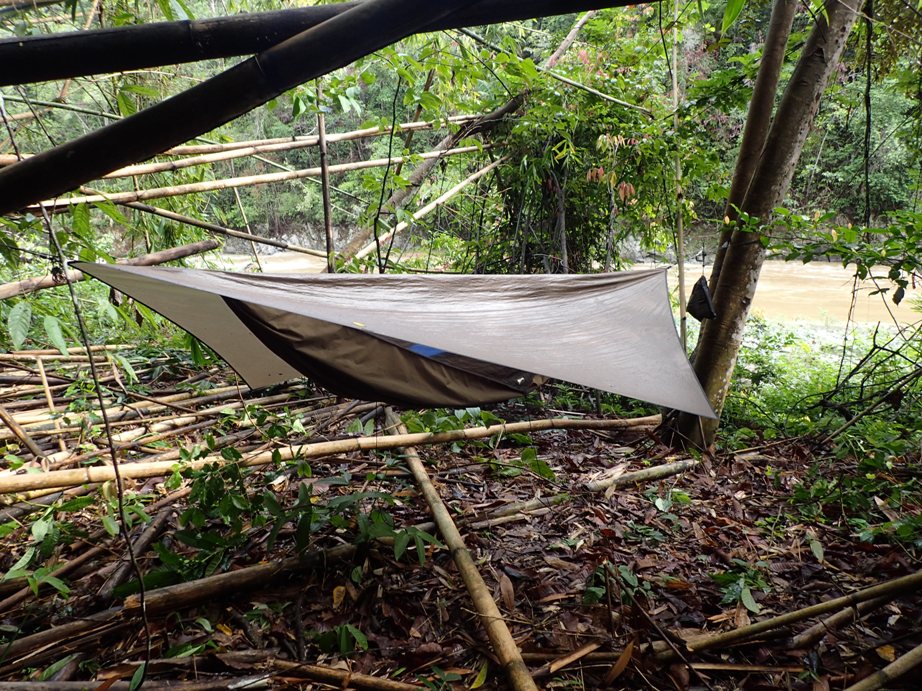
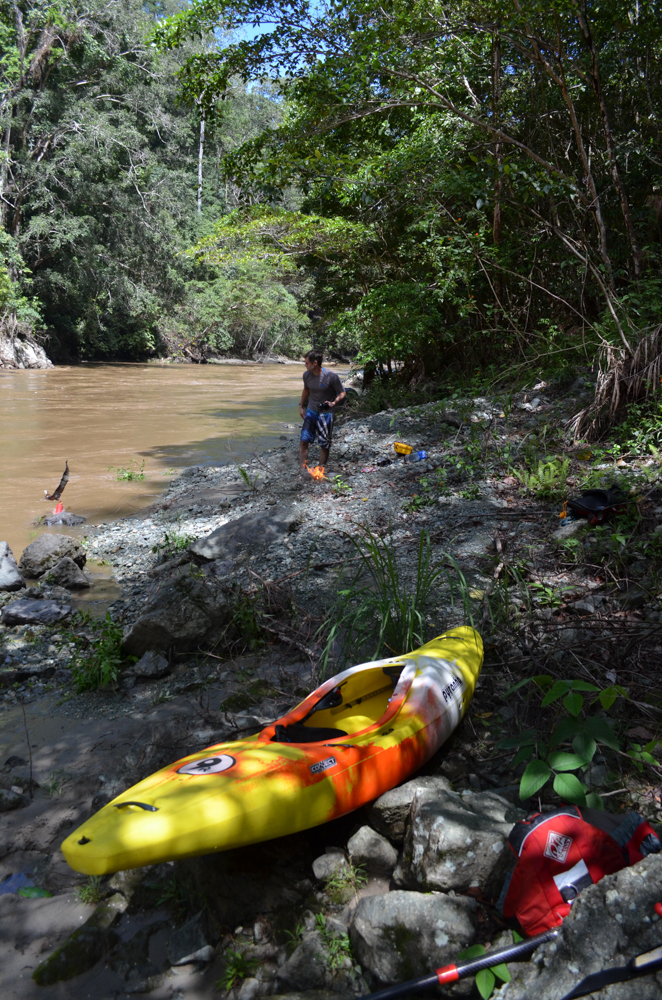
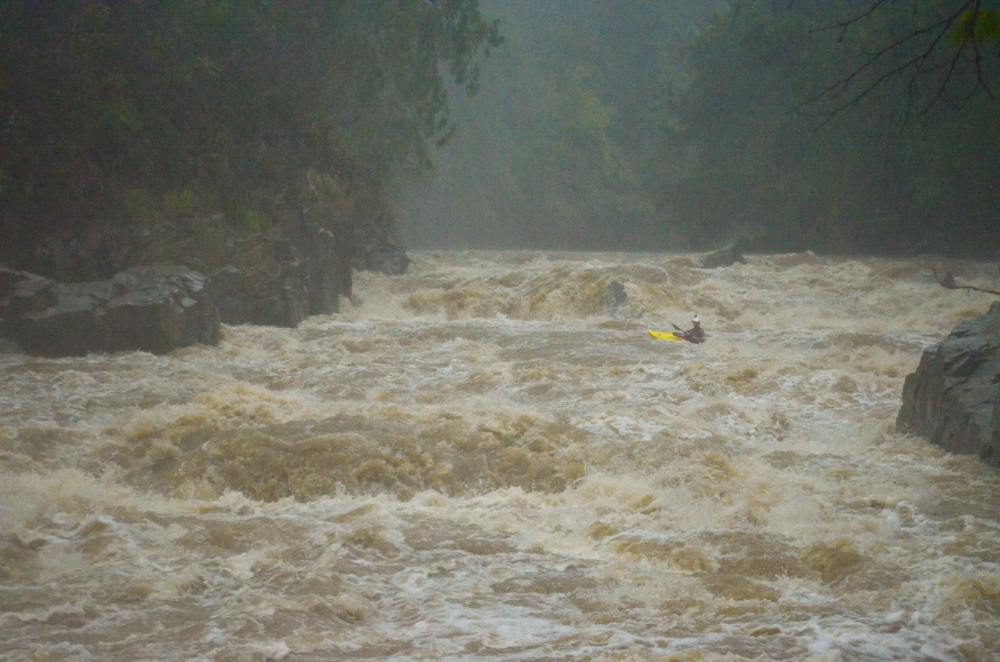
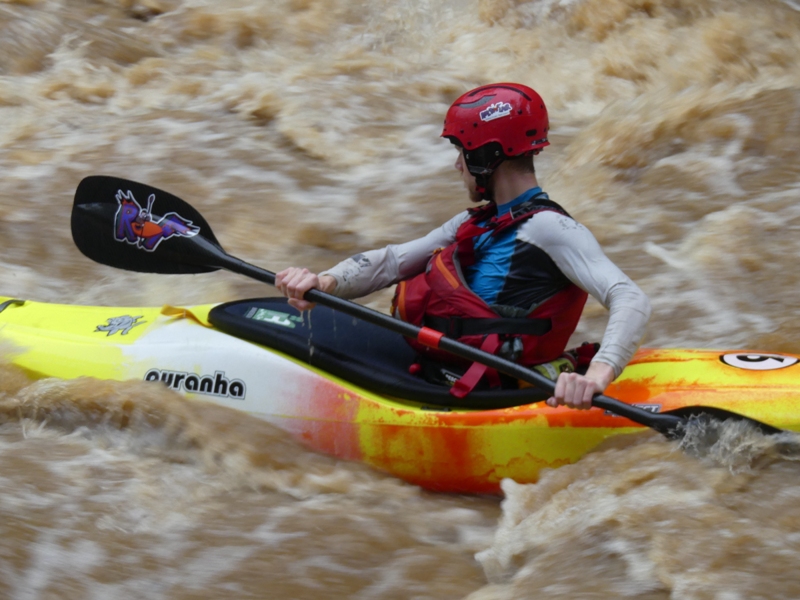

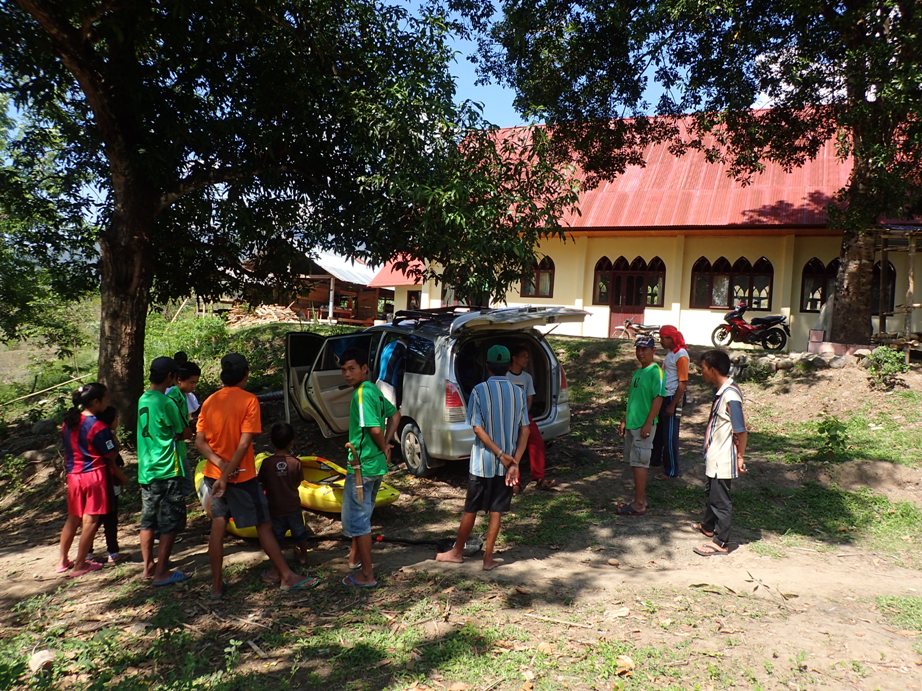 although sometimes they’re not as useful as the local version…
although sometimes they’re not as useful as the local version…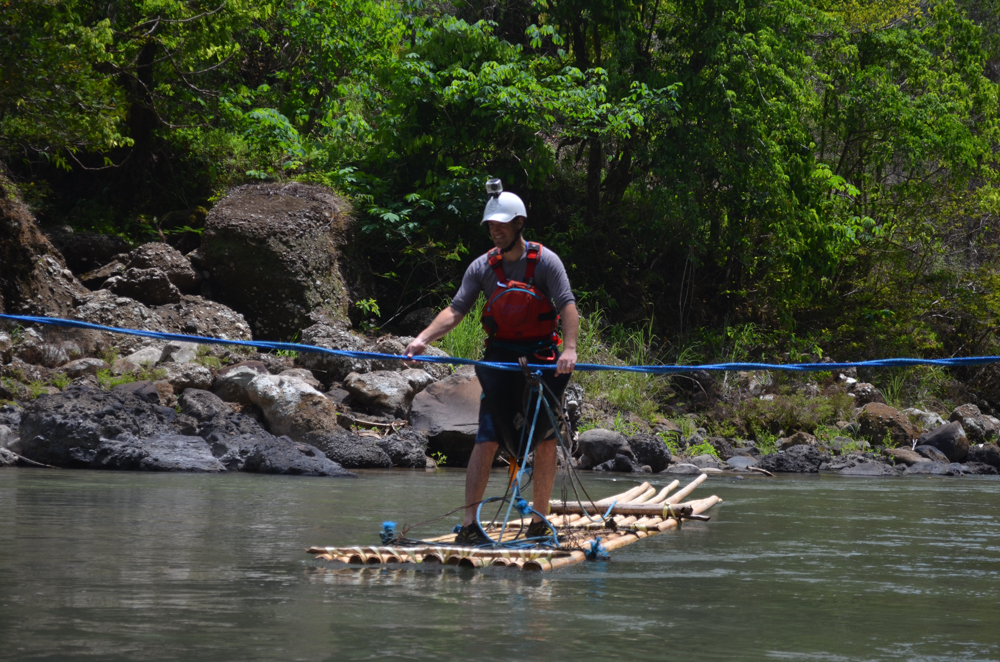

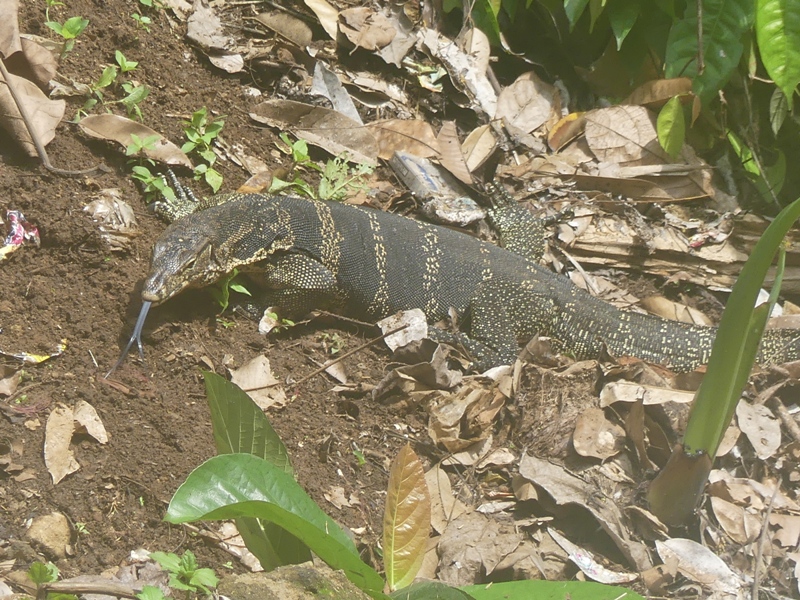
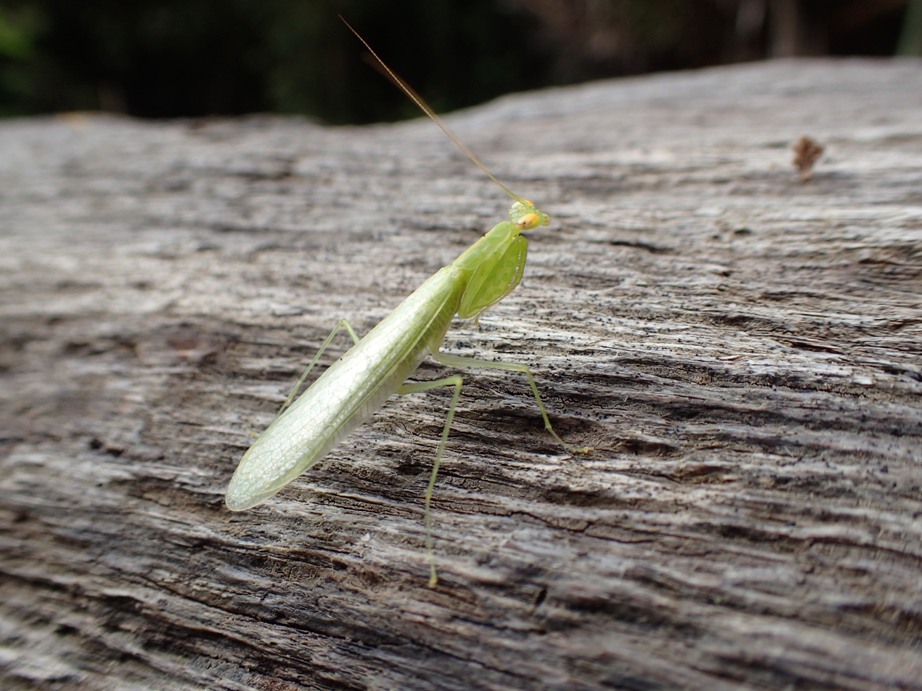
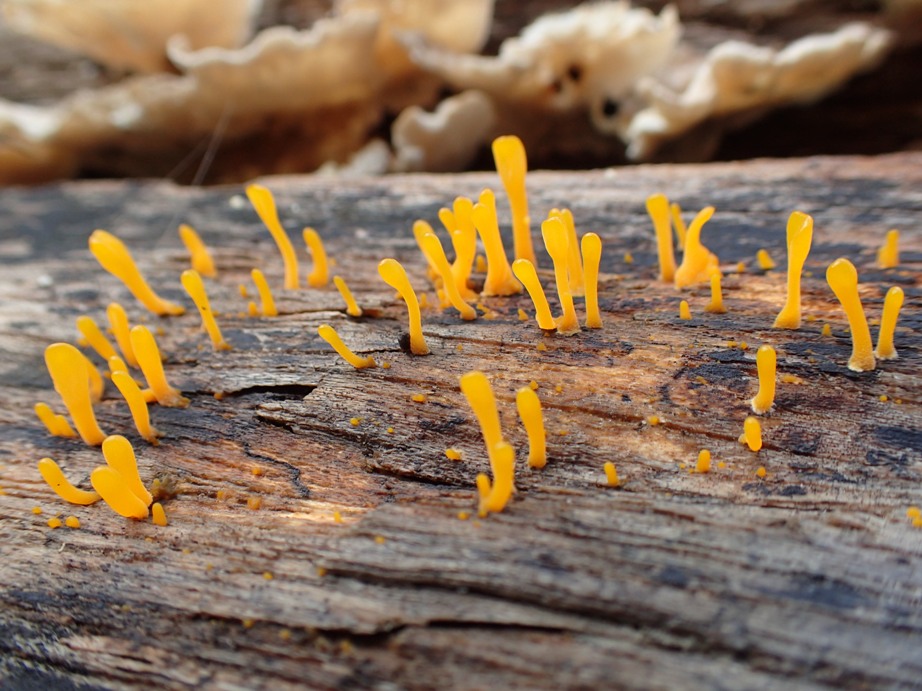
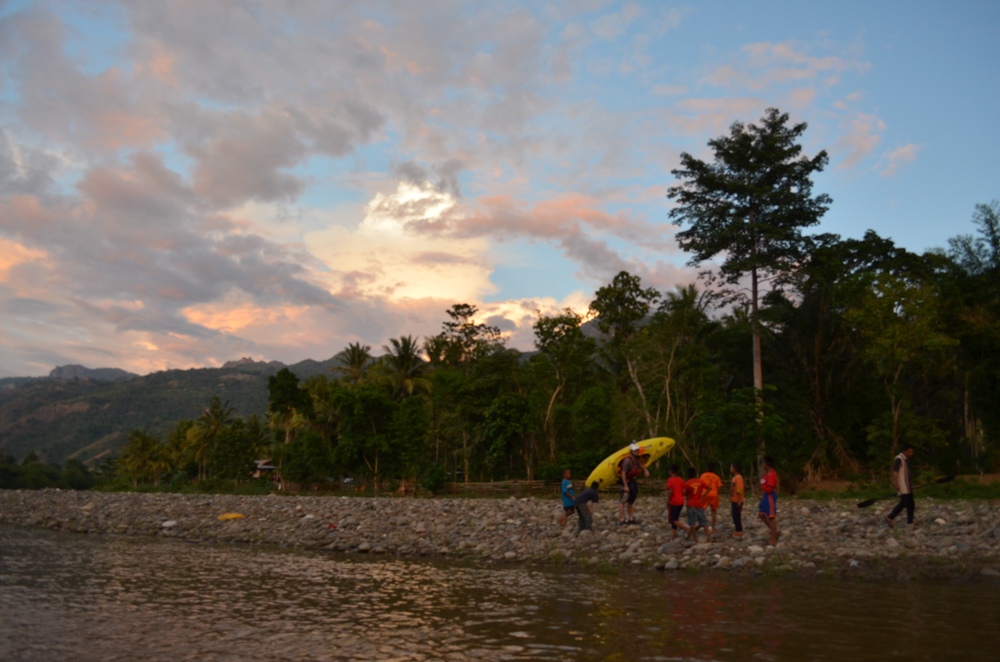
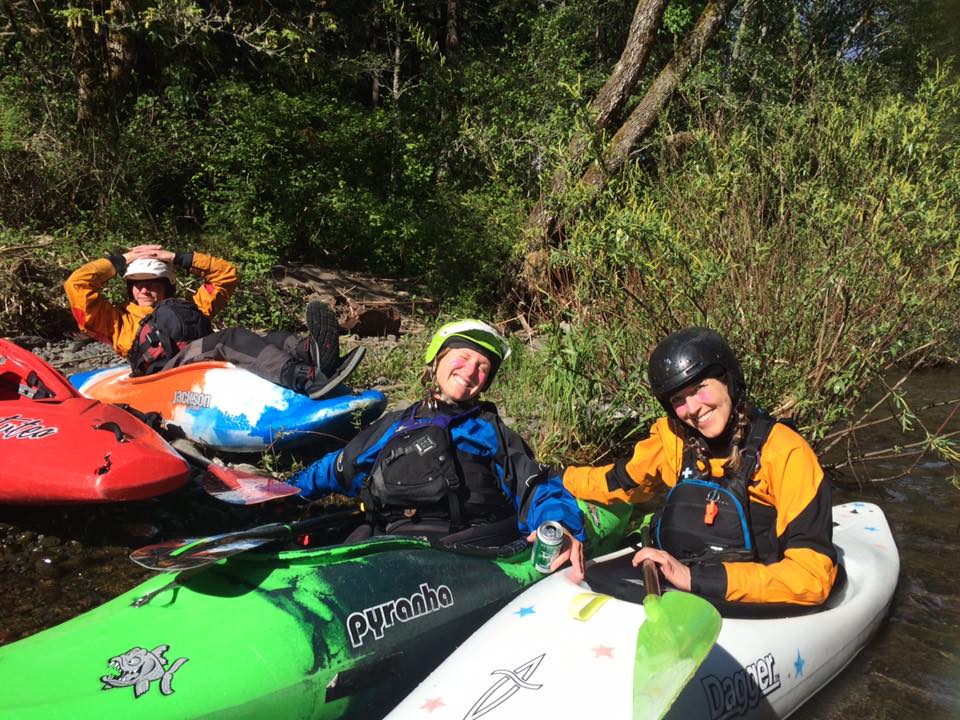
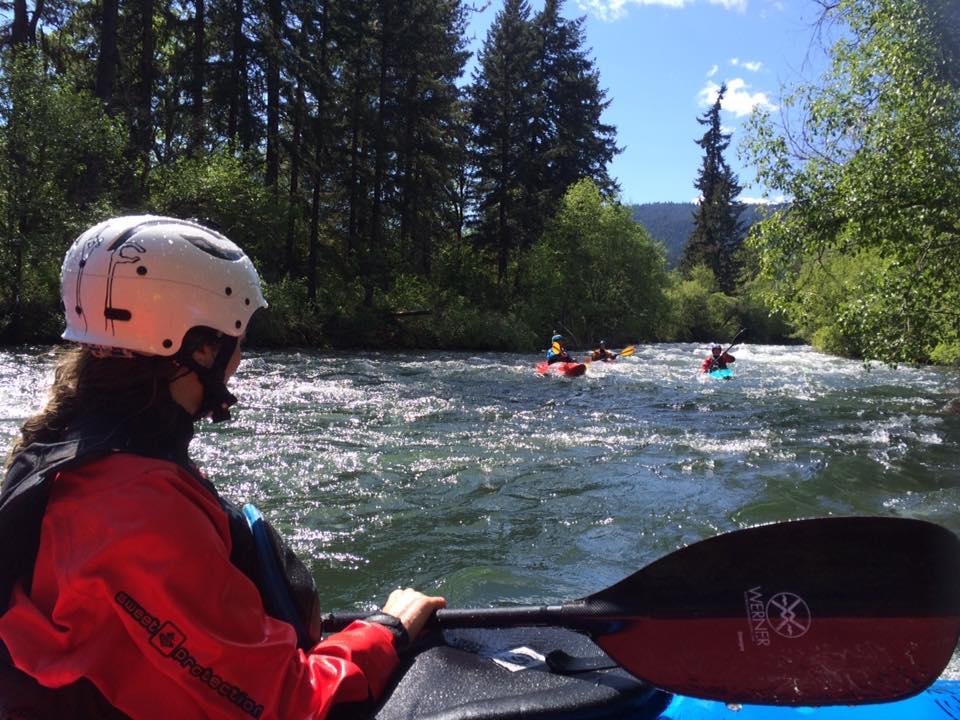
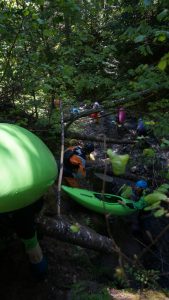
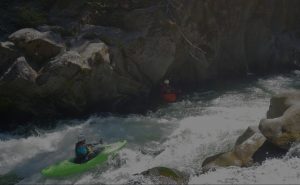
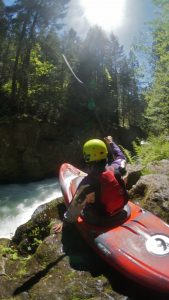

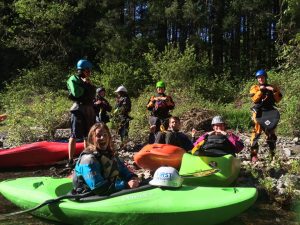
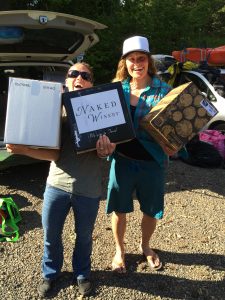
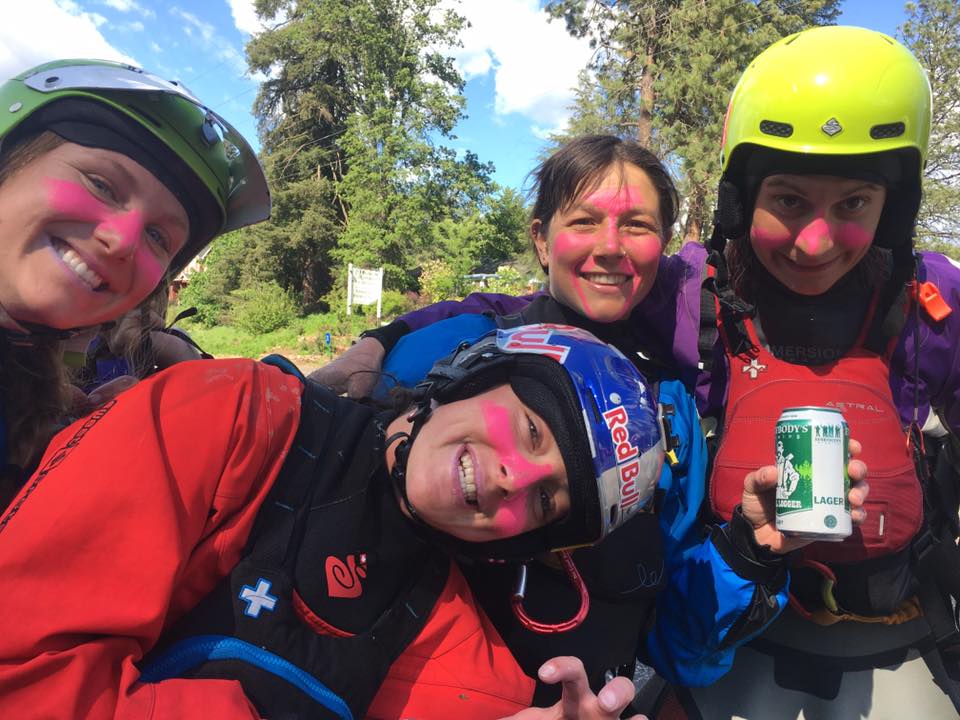
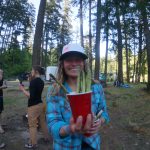
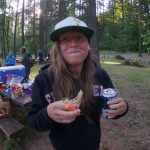
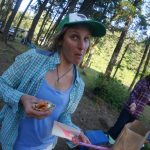
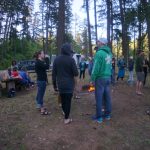
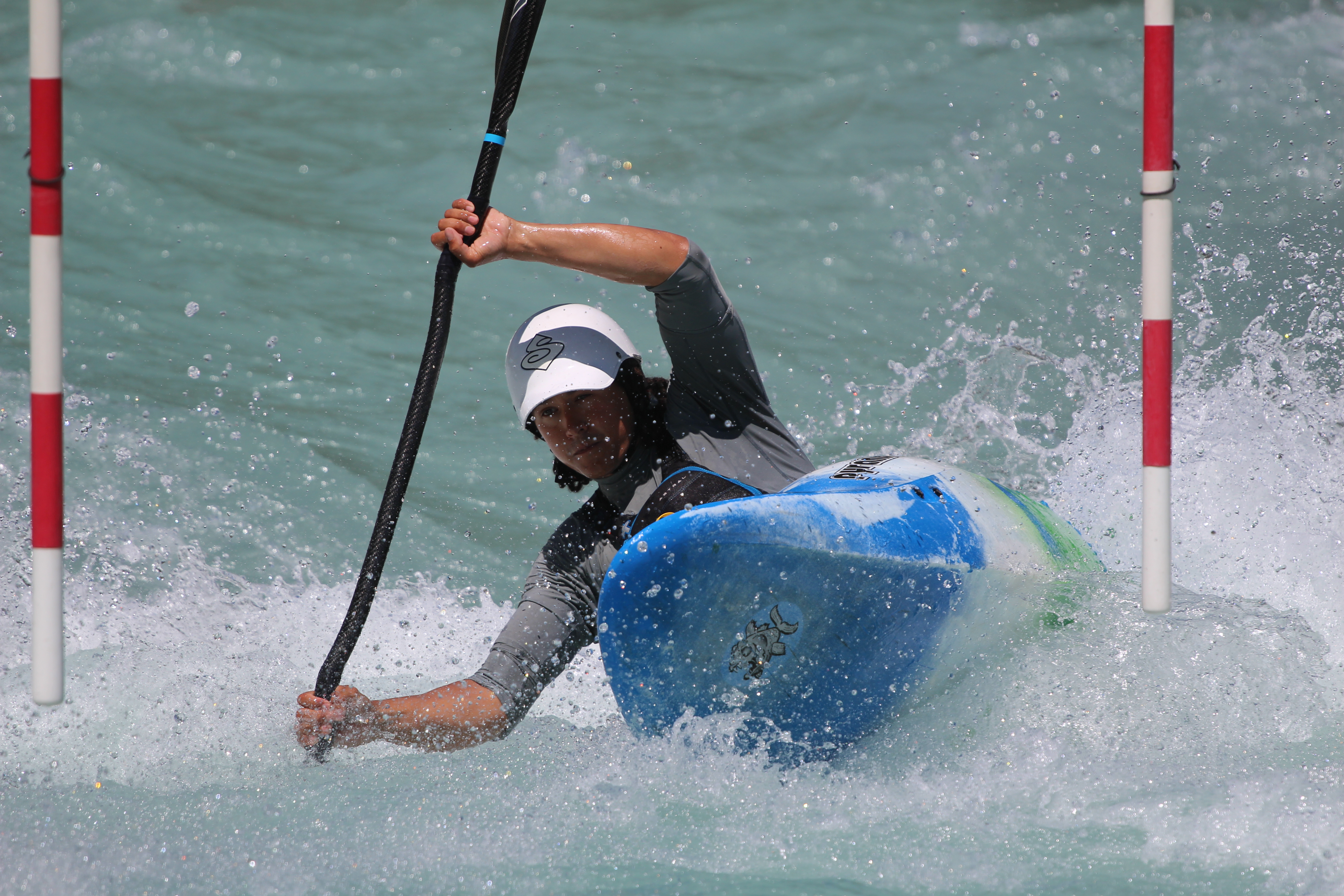
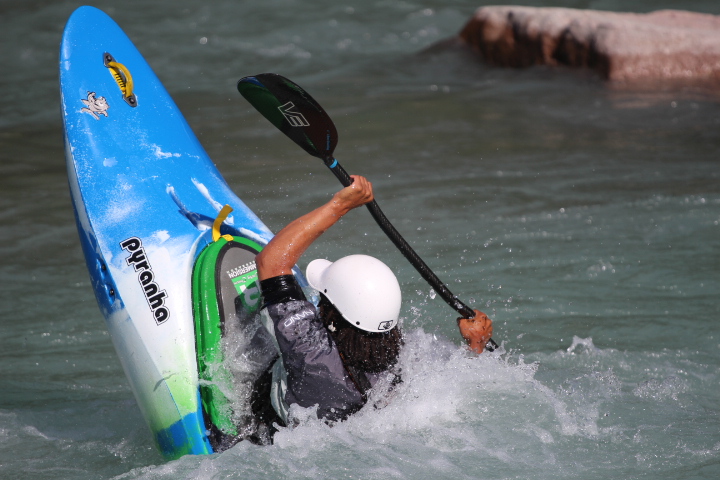
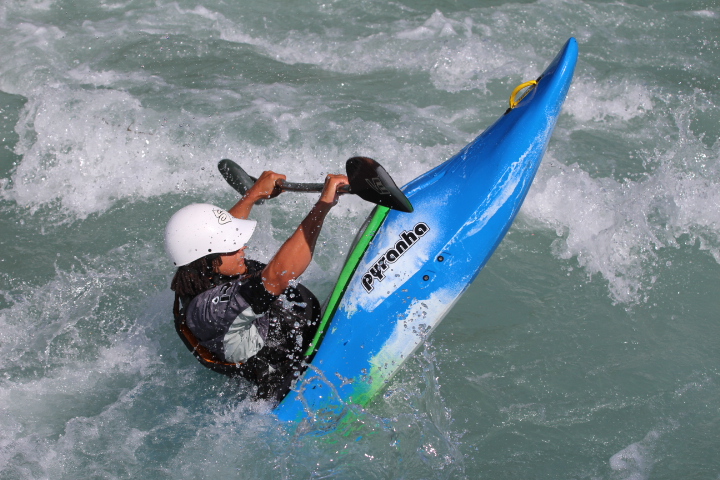
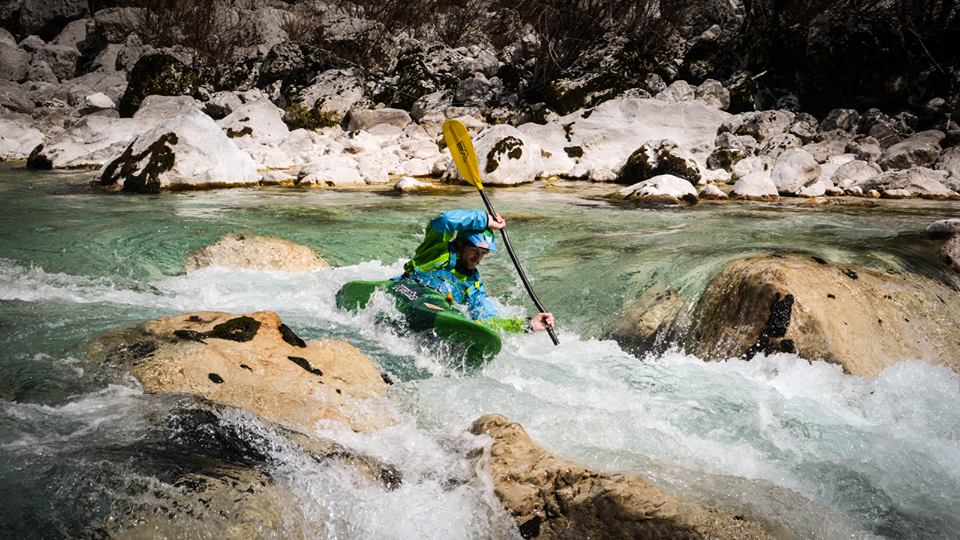
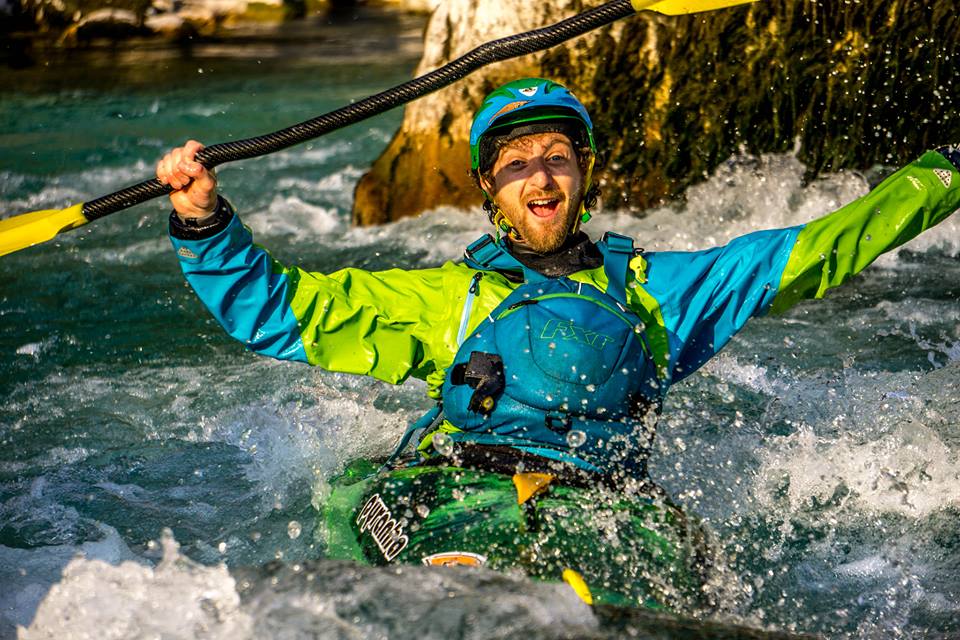
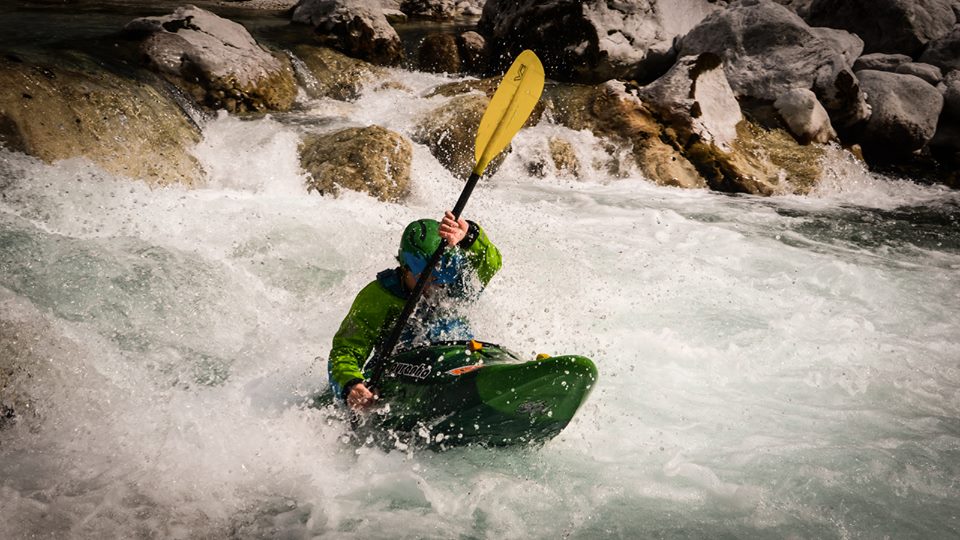



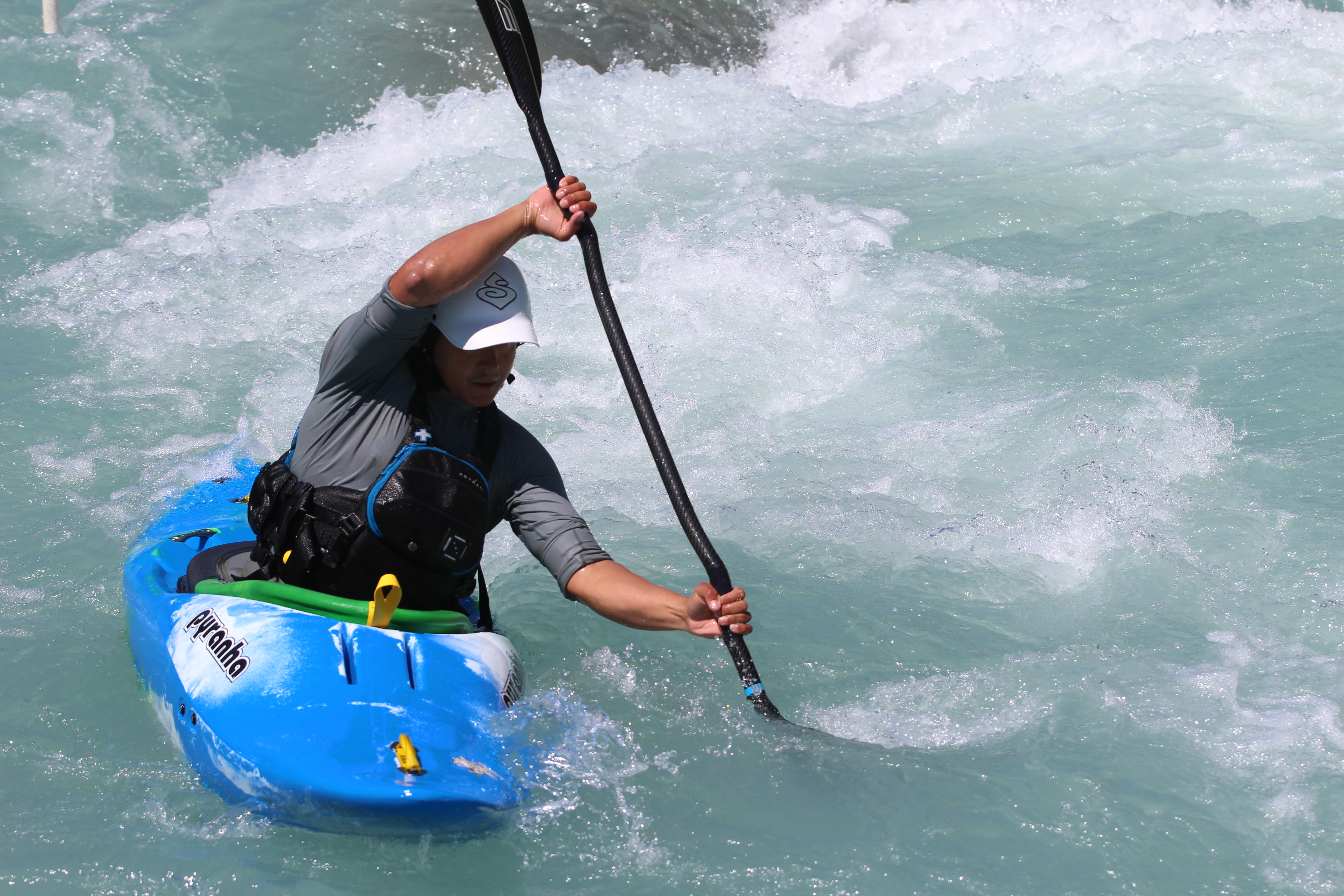


 When I arrived in Quito, I found my way to Baeza where I met my friend Marco Collela. I don’t know if I would have been there had he not encouraged me in the first place, so glad he did! I came without much of a plan and I honestly didn’t know what to expect this time. Having no set expectations allowed me to challenge myself freely and really enjoy every moment not wanting to take anything for granted!
When I arrived in Quito, I found my way to Baeza where I met my friend Marco Collela. I don’t know if I would have been there had he not encouraged me in the first place, so glad he did! I came without much of a plan and I honestly didn’t know what to expect this time. Having no set expectations allowed me to challenge myself freely and really enjoy every moment not wanting to take anything for granted!













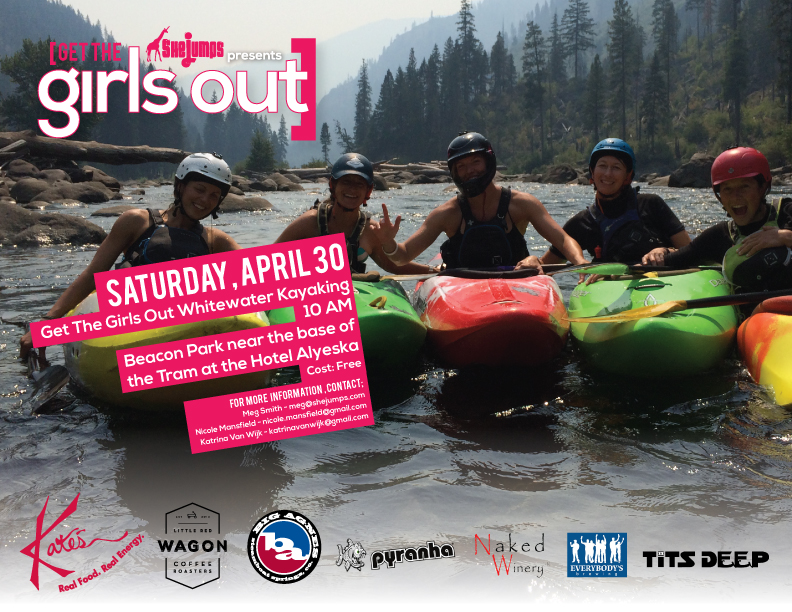
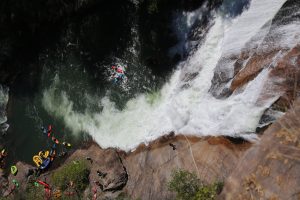 Oceana is a known rapid on the Tallulah. It’s about a 50 foot slide. Its very deceiving in pictures, it’s super steep and very scary. Once the Pyranha crew got to the rapid we pulled over and got out of our boats to look at the rapid. I was really nervous, but so many paddlers talked to me and told me just to keep your right paddle blade in the water and you will be fine. After a bit of thinking, I got in my boat and went to the lip, and took and paddle stroke and I was going down the rapid. It was really big and fun. It was a bumpy ride and it had a fun hole to boof at the bottom.
Oceana is a known rapid on the Tallulah. It’s about a 50 foot slide. Its very deceiving in pictures, it’s super steep and very scary. Once the Pyranha crew got to the rapid we pulled over and got out of our boats to look at the rapid. I was really nervous, but so many paddlers talked to me and told me just to keep your right paddle blade in the water and you will be fine. After a bit of thinking, I got in my boat and went to the lip, and took and paddle stroke and I was going down the rapid. It was really big and fun. It was a bumpy ride and it had a fun hole to boof at the bottom.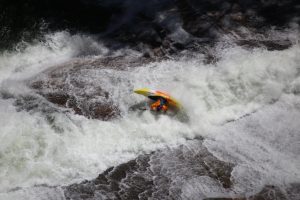
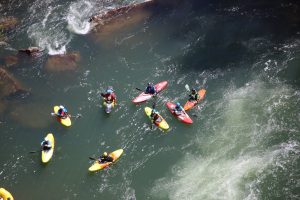

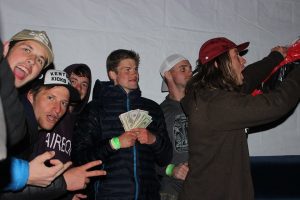
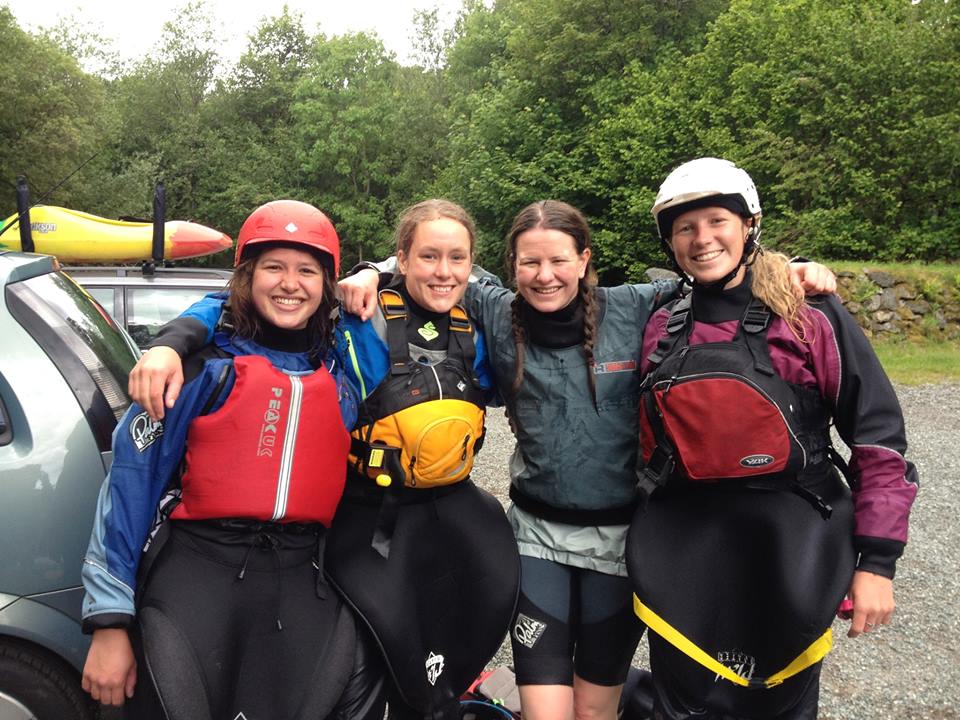
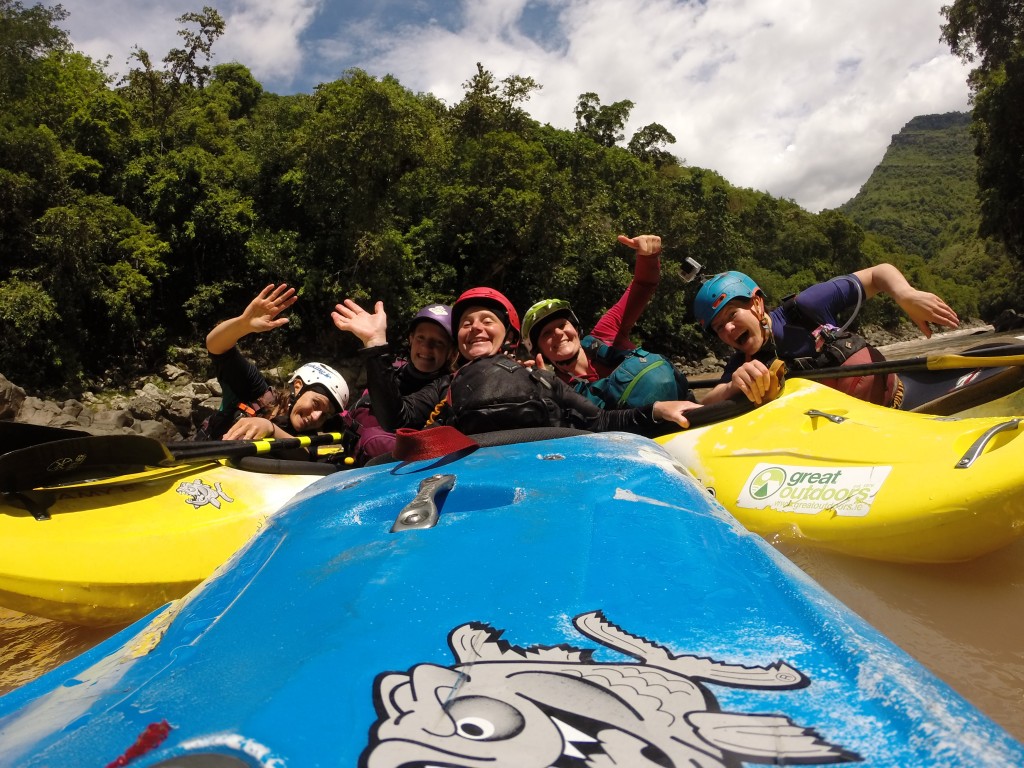
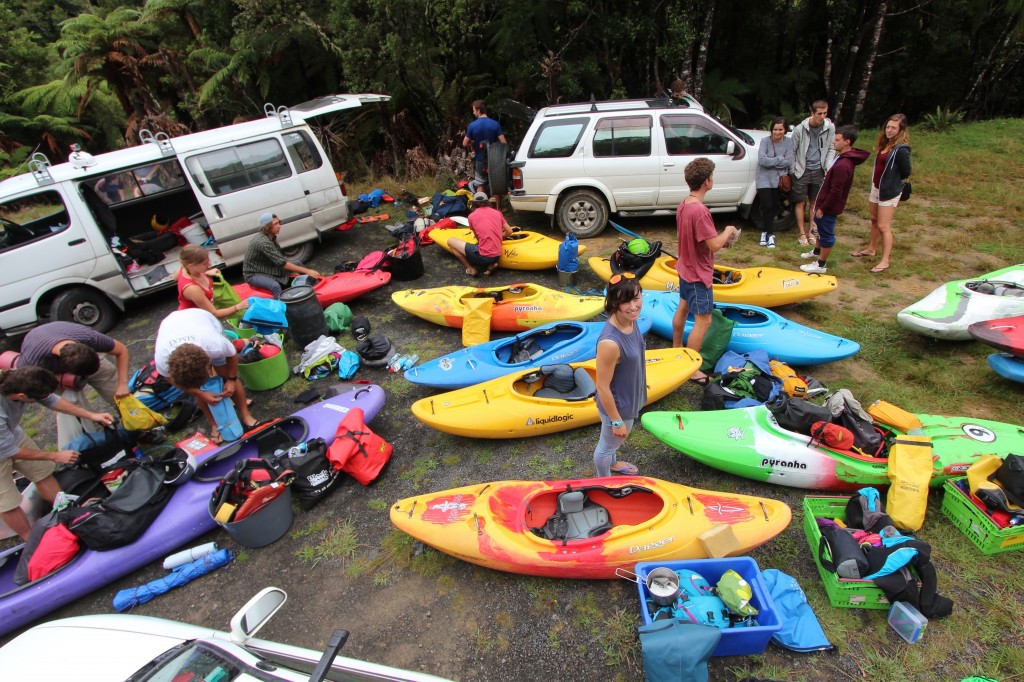 The river flows through the Raukumara Range which was the last area in New Zealand to be mapped, so the rugged and remoteness of the surroundings makes this a river to be remembered. The length and continuous nature of the river is rare on the North Island, so combined with a lack of roads and people, creates a really adventurous trip.
The river flows through the Raukumara Range which was the last area in New Zealand to be mapped, so the rugged and remoteness of the surroundings makes this a river to be remembered. The length and continuous nature of the river is rare on the North Island, so combined with a lack of roads and people, creates a really adventurous trip.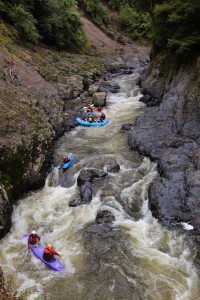
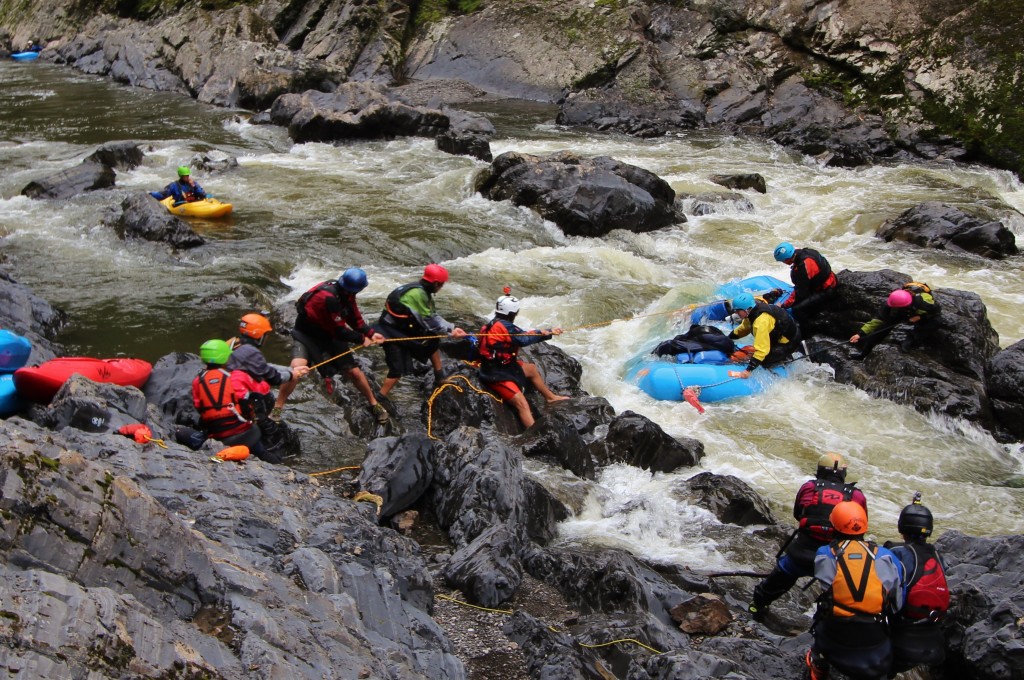 Red dear, wild goats and swooping hawks watched over us as we paddled endless read and run rapids. We only spotted a handful of fisherman and hunters who got helicoptered in to enjoy the wilderness.
Red dear, wild goats and swooping hawks watched over us as we paddled endless read and run rapids. We only spotted a handful of fisherman and hunters who got helicoptered in to enjoy the wilderness.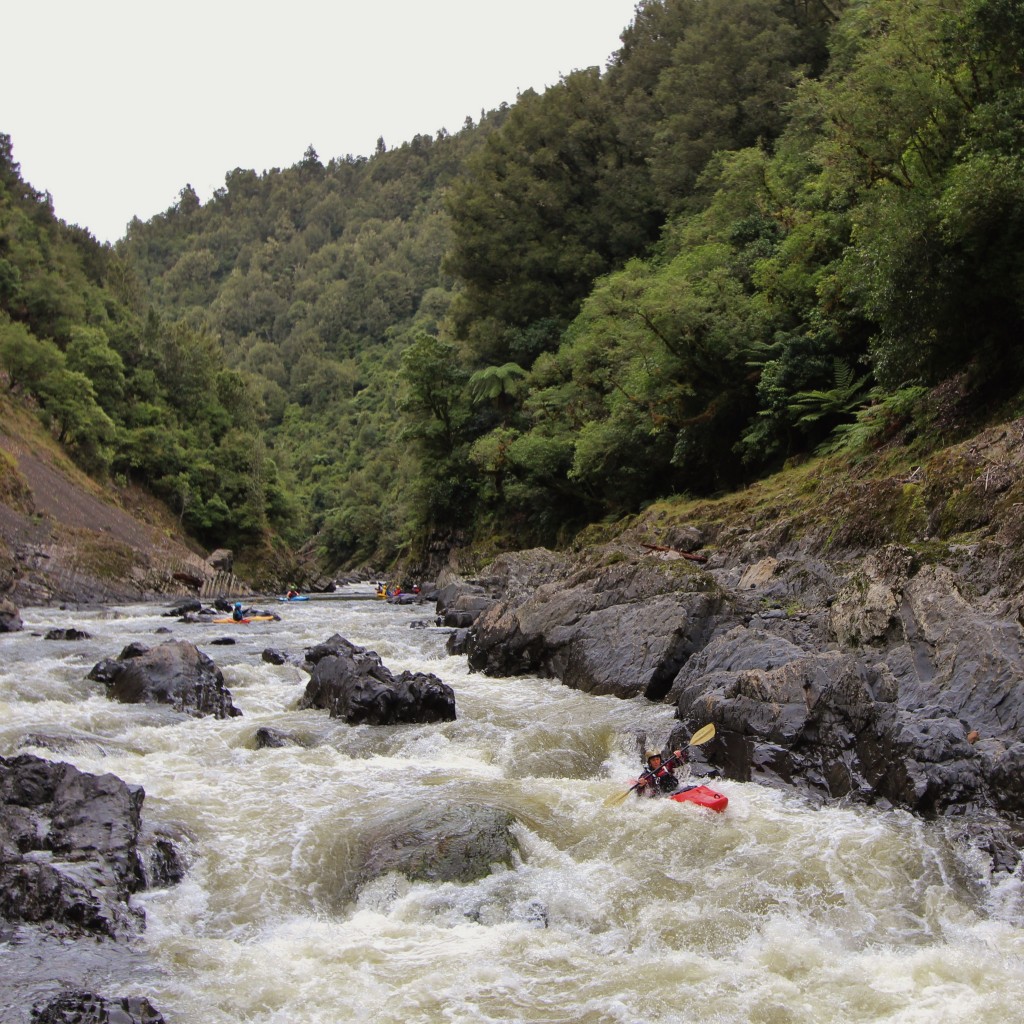 Awesome campsites dot the river banks, ranging from pristine beaches, to established hunter’s camps and the abundance of firewood kept us warm, as the stars and moon shone overhead.
Awesome campsites dot the river banks, ranging from pristine beaches, to established hunter’s camps and the abundance of firewood kept us warm, as the stars and moon shone overhead.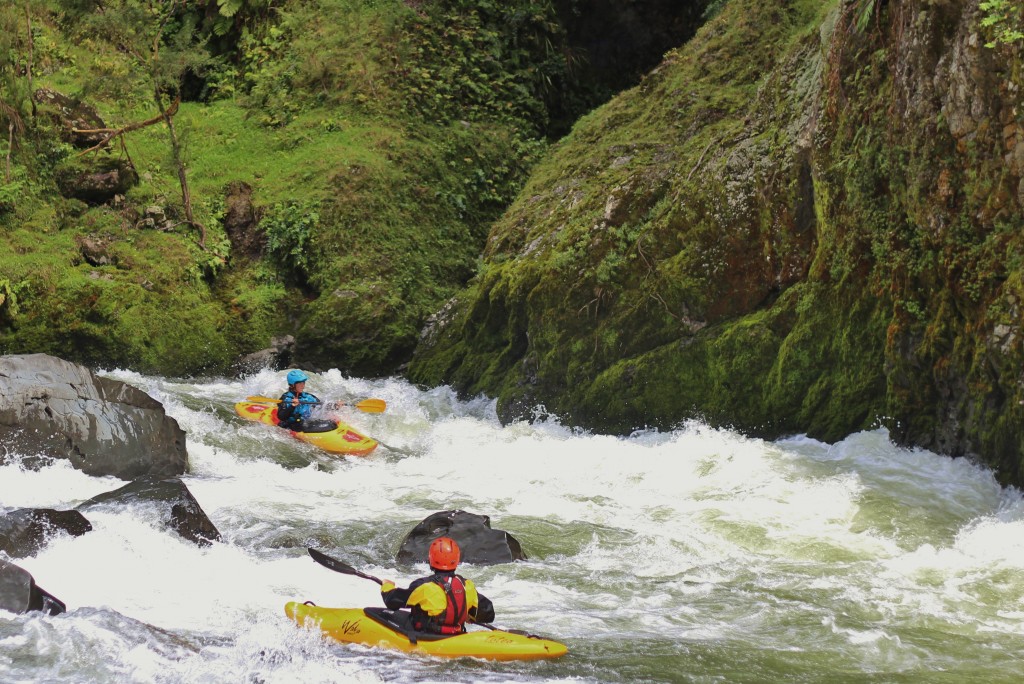
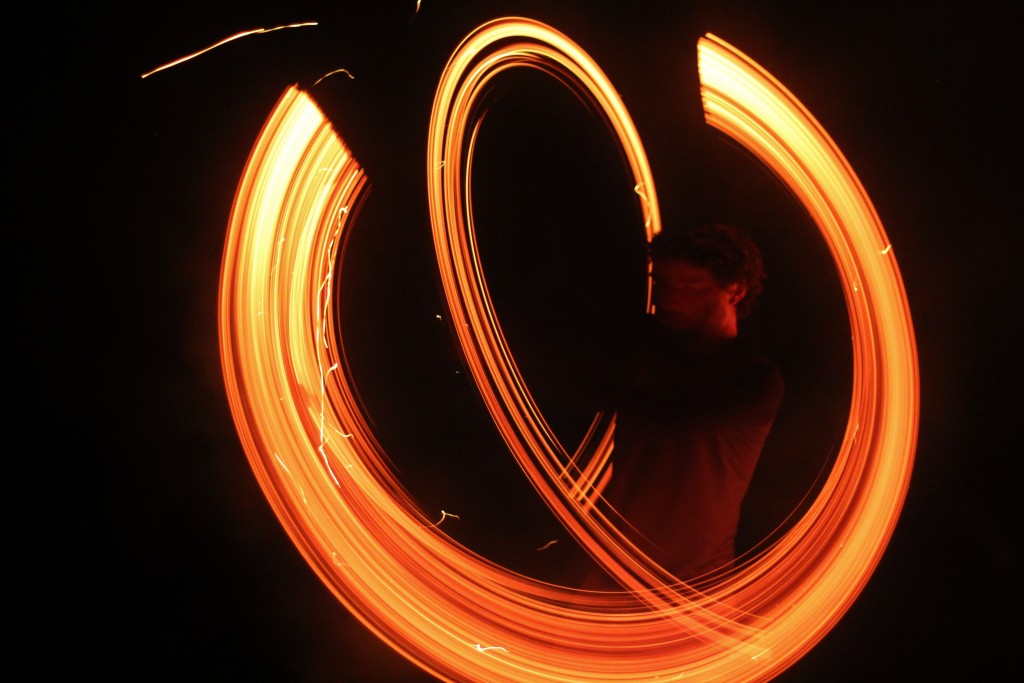 This was the first time I had paddled the 9r on a multiday and it handled the extra load admirably. A simple re-adjust of the seat kept the weight forward and there was ample space for; stoves, tarps and the all important bag of wine. The speed was awesome for punching holes and hitting big lines, whilst the sculpted edges allowed for accurate boat positioning down the endless, boulder garden rapids.
This was the first time I had paddled the 9r on a multiday and it handled the extra load admirably. A simple re-adjust of the seat kept the weight forward and there was ample space for; stoves, tarps and the all important bag of wine. The speed was awesome for punching holes and hitting big lines, whilst the sculpted edges allowed for accurate boat positioning down the endless, boulder garden rapids.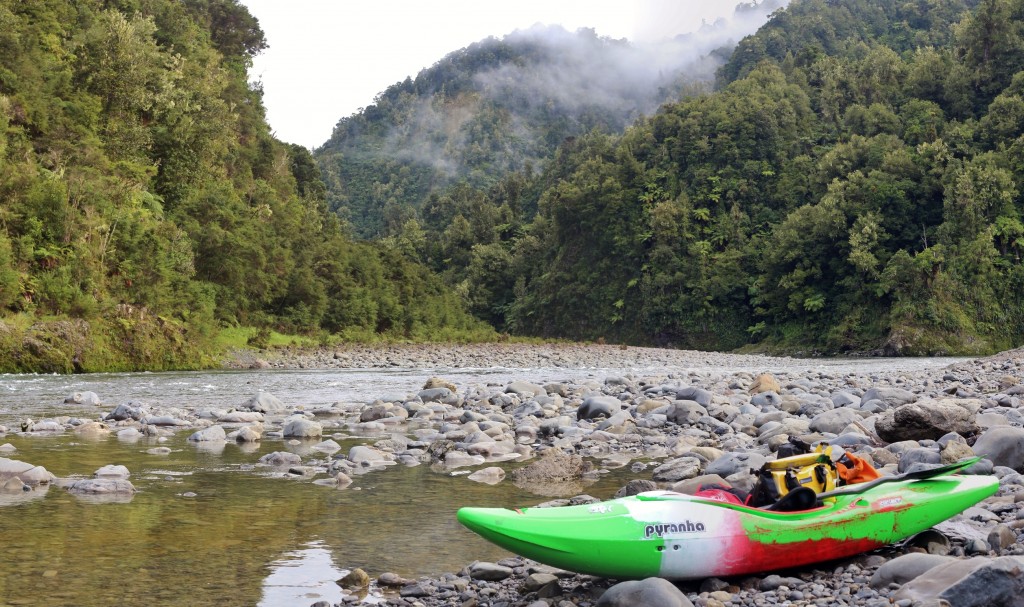 The Motu is a must for any paddler wanting to experience the quality and remoteness of North Island whitewater.
The Motu is a must for any paddler wanting to experience the quality and remoteness of North Island whitewater.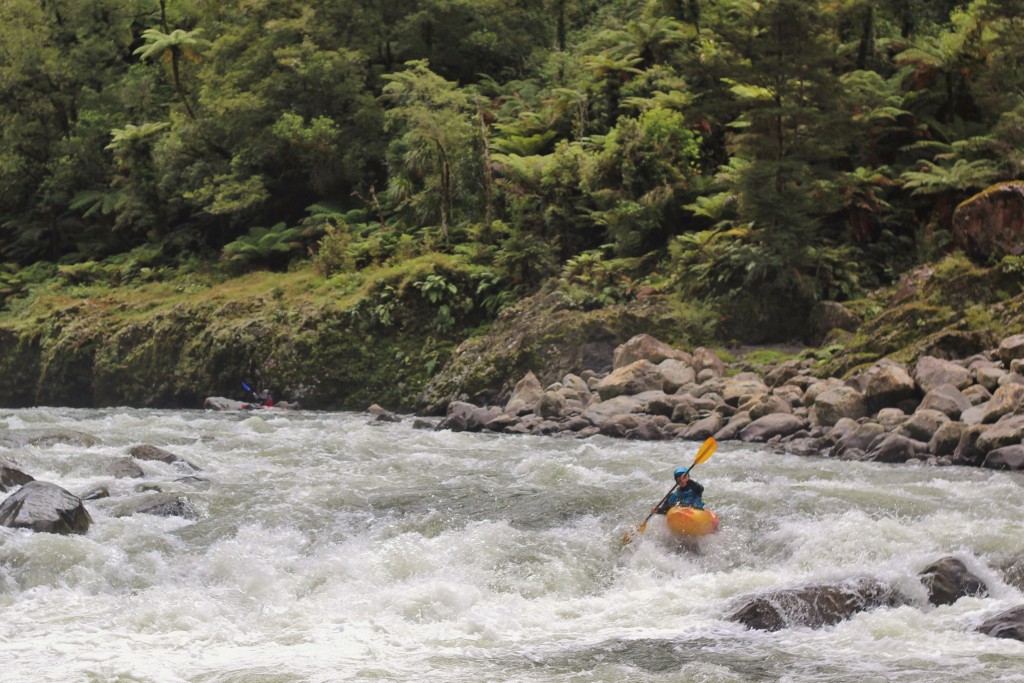 Thanks to Cameron Birch for some epic organisation and to
Thanks to Cameron Birch for some epic organisation and to 